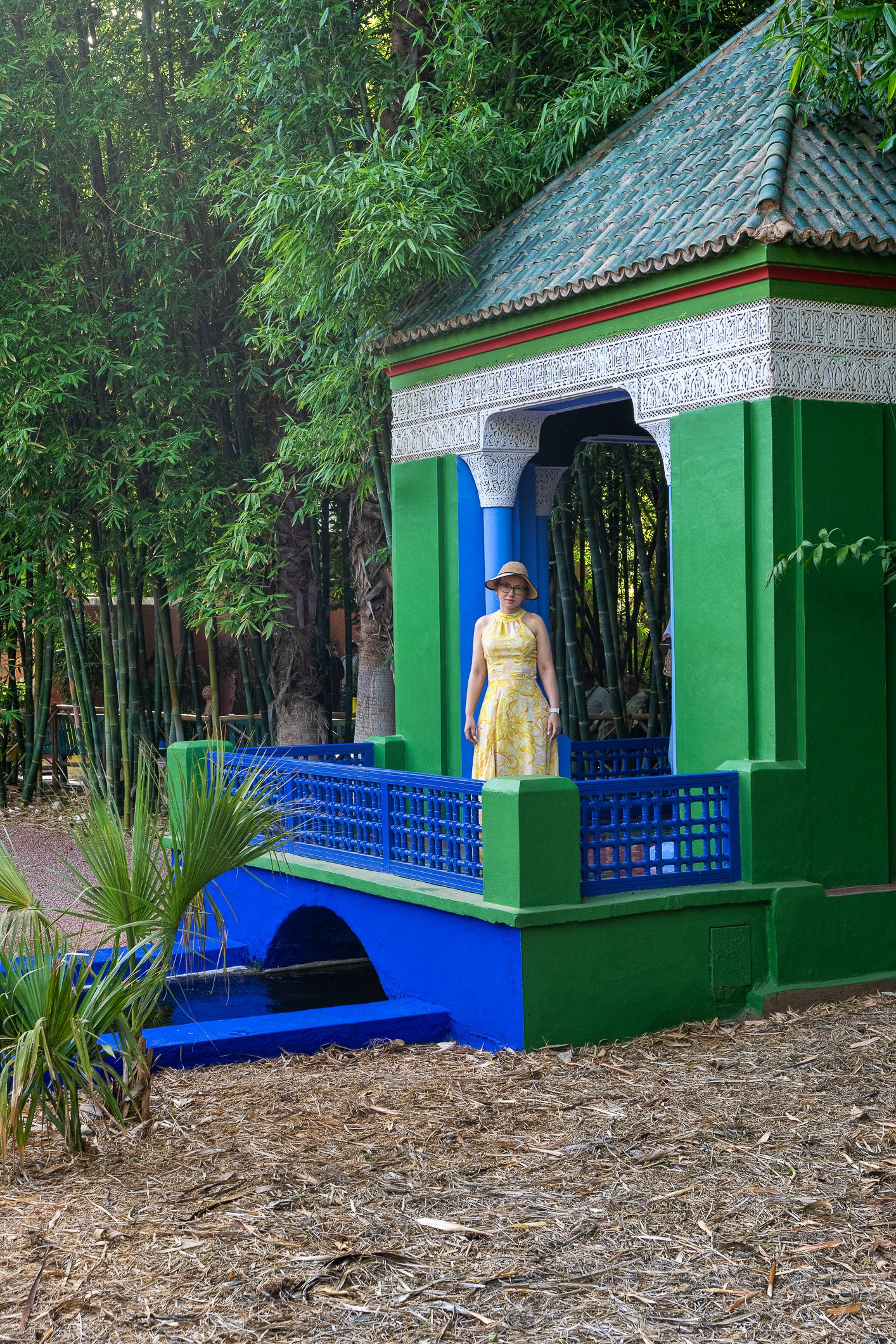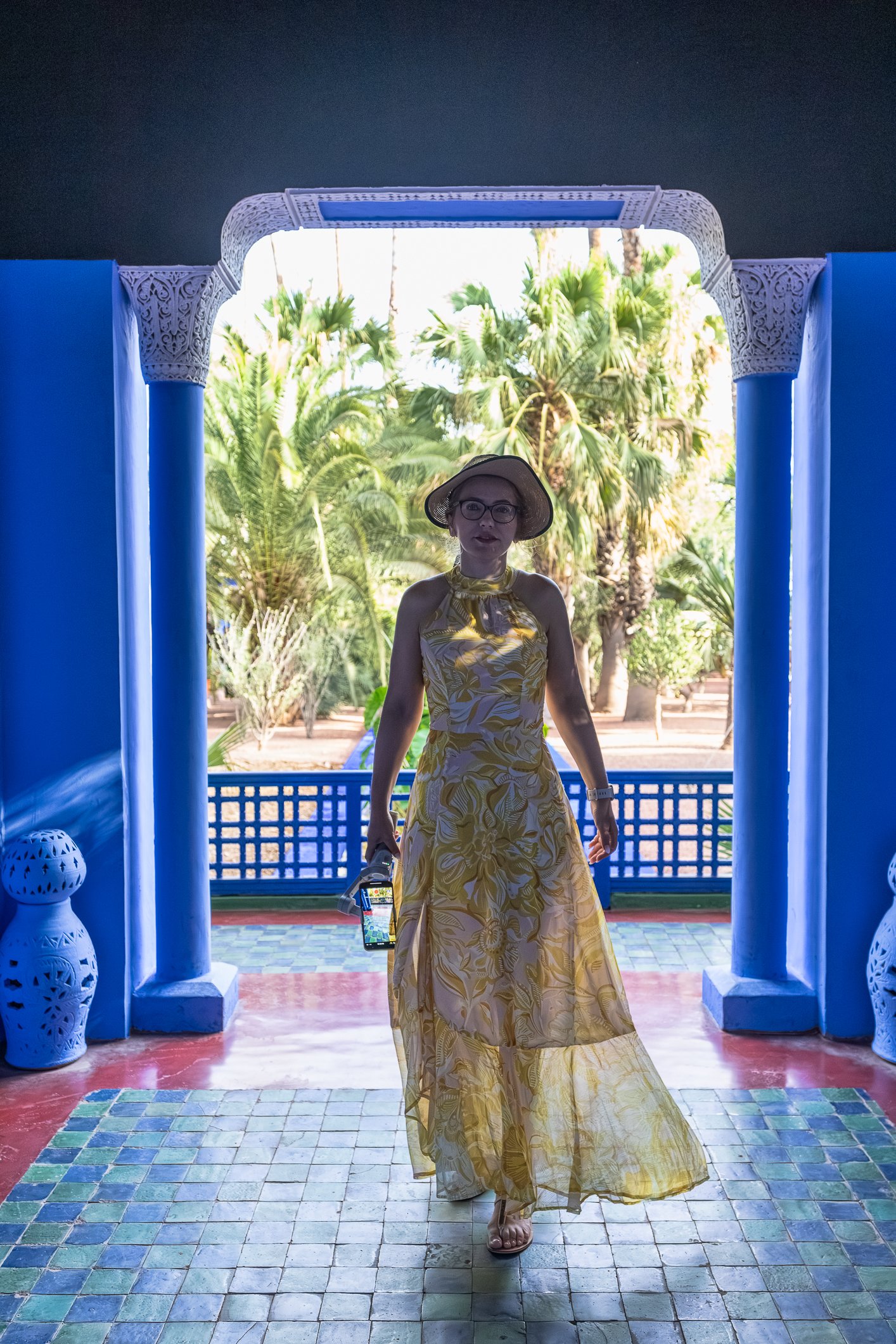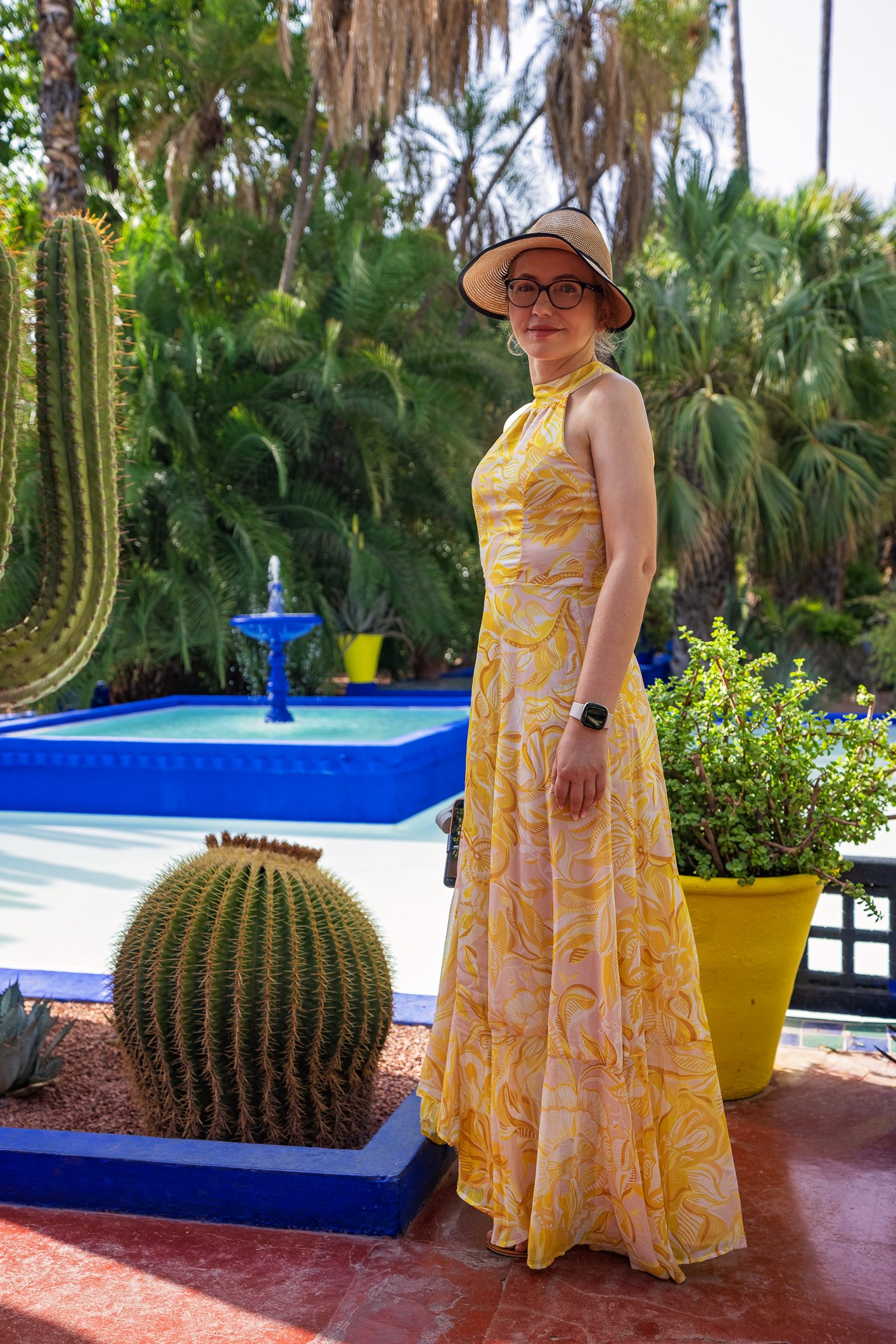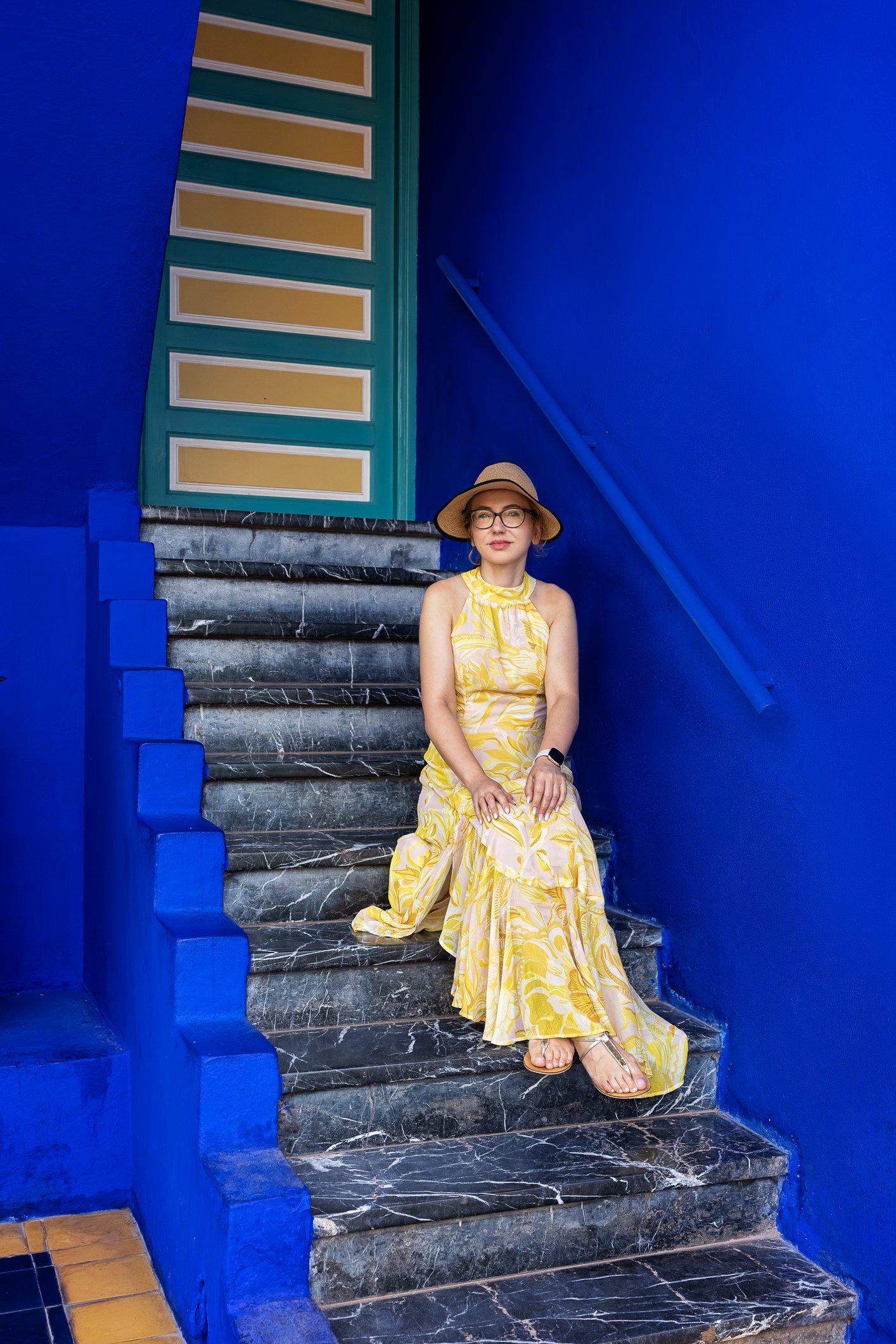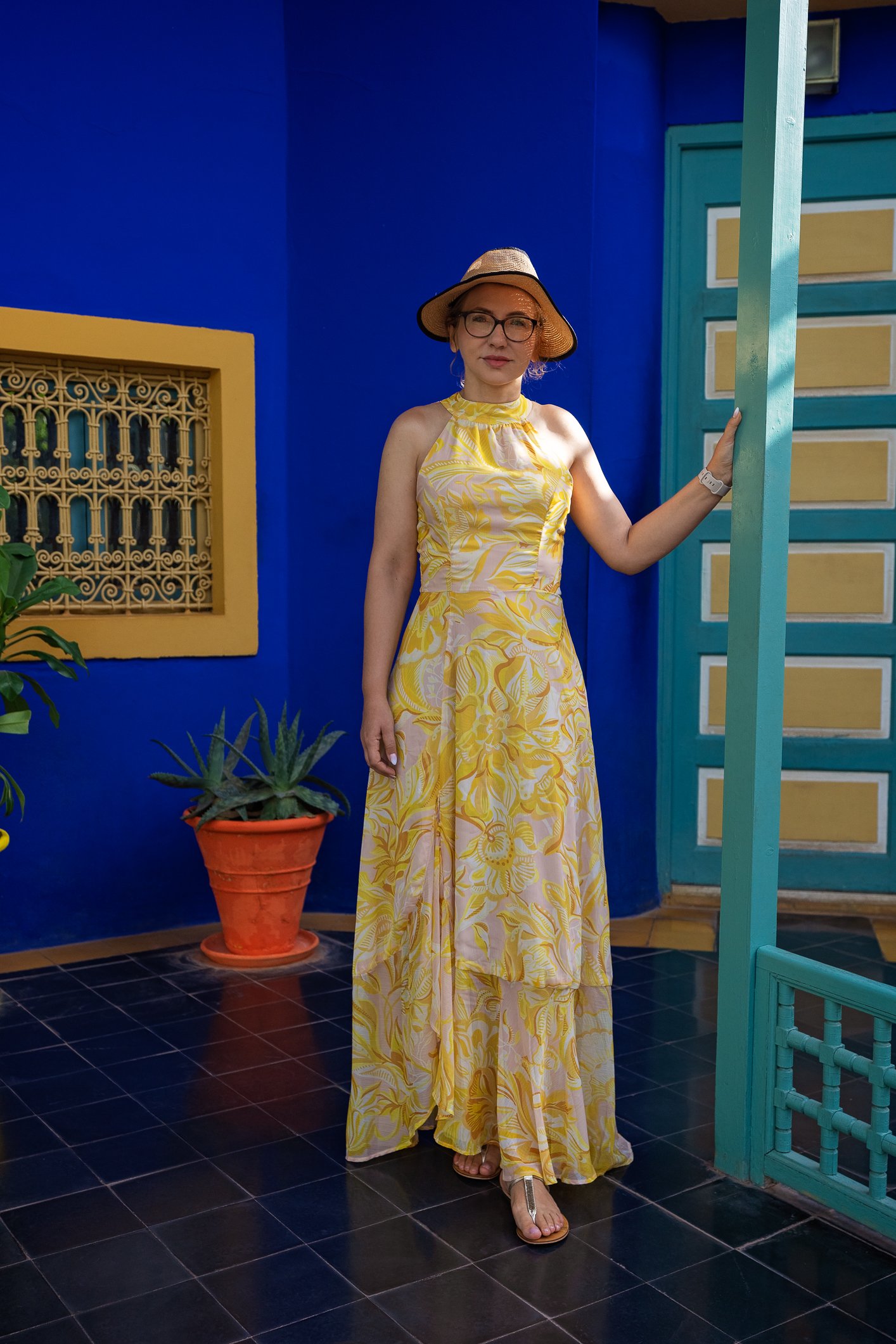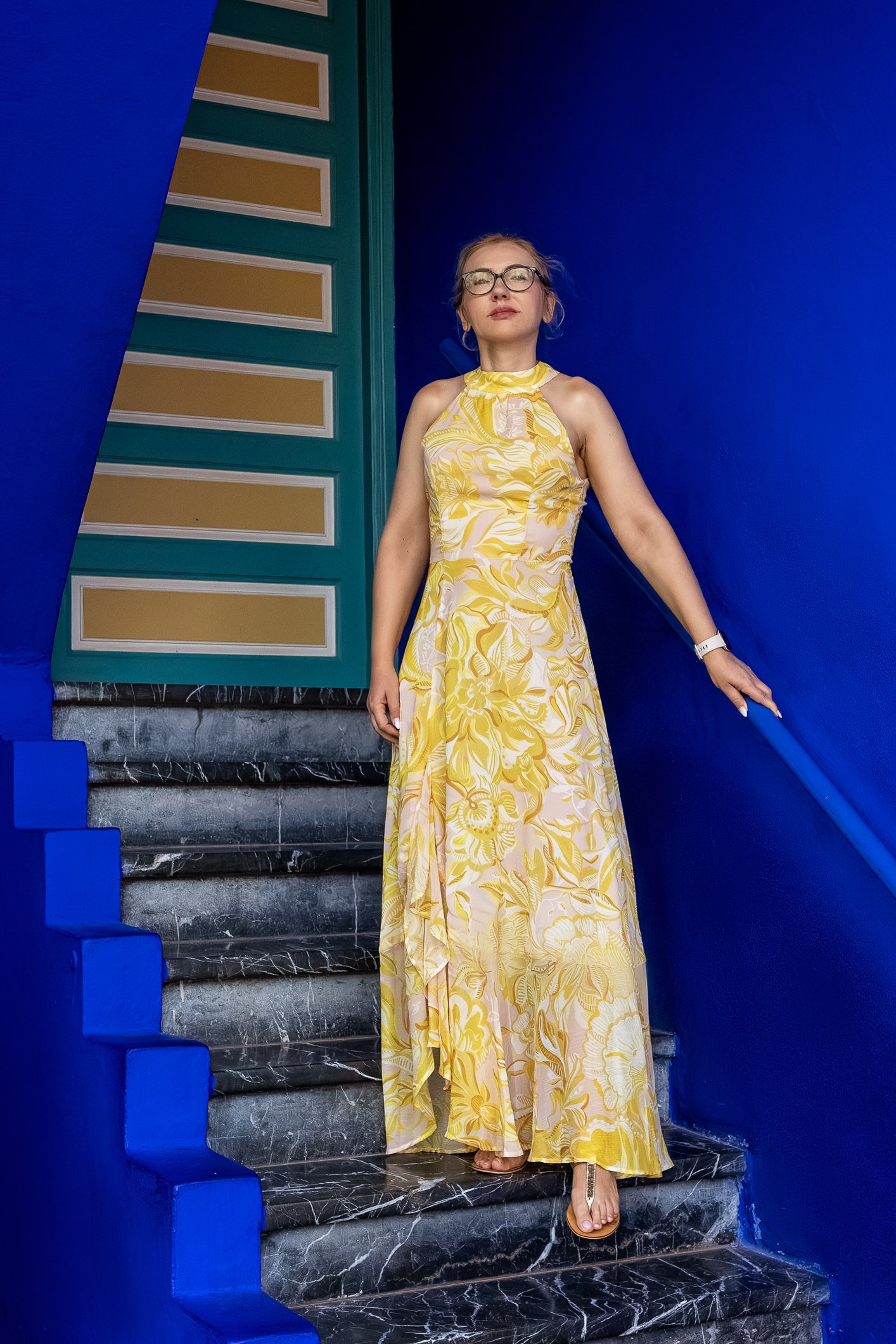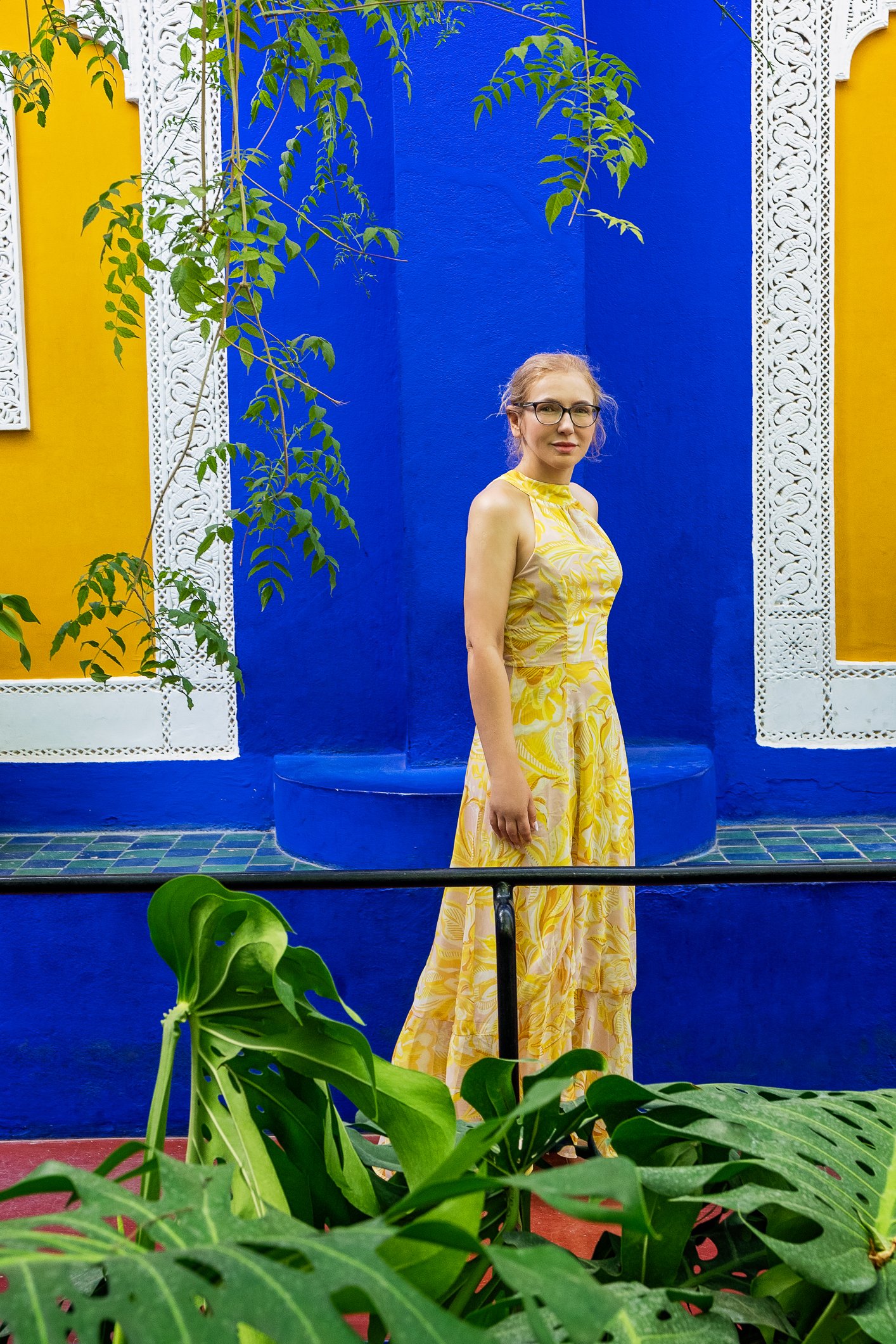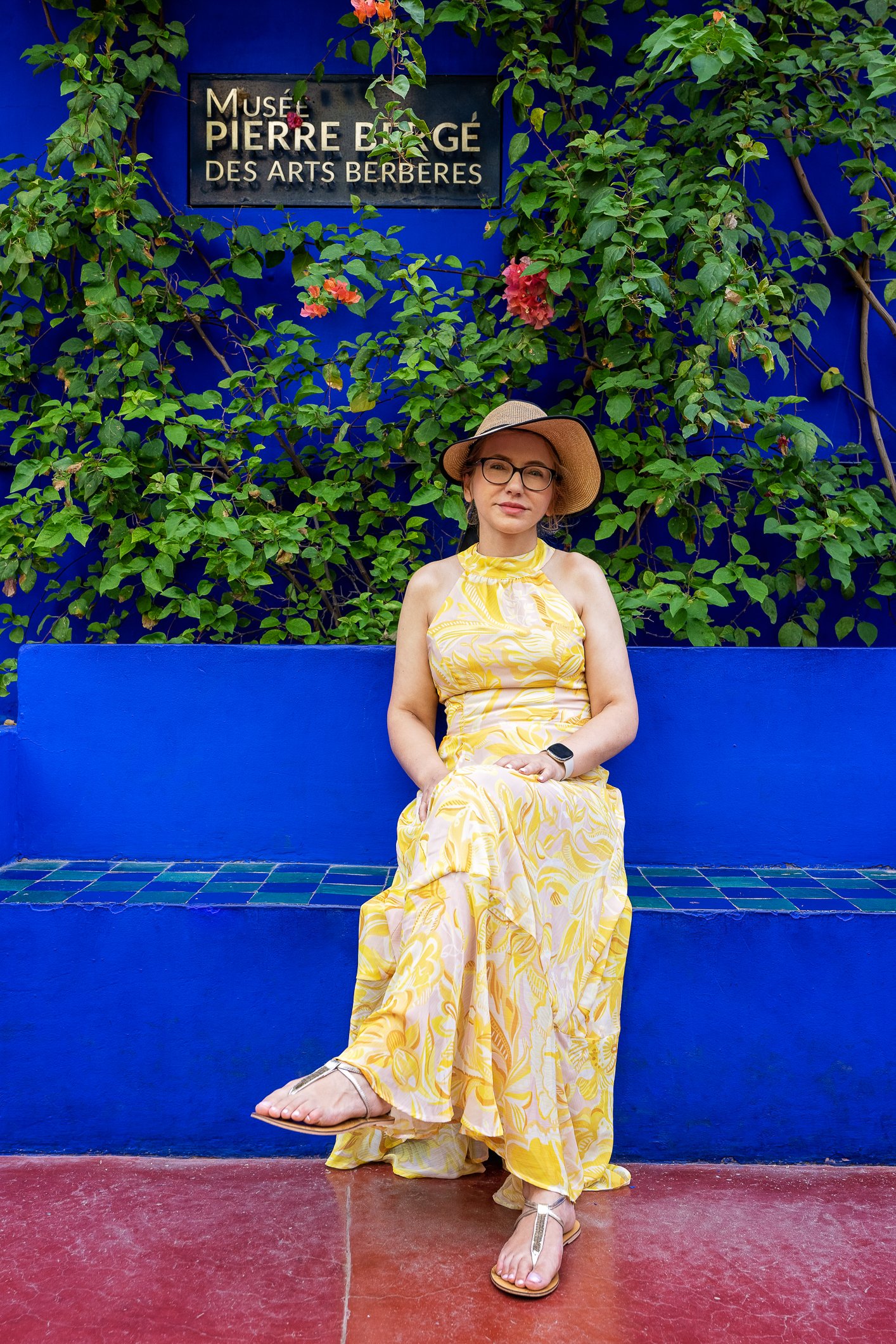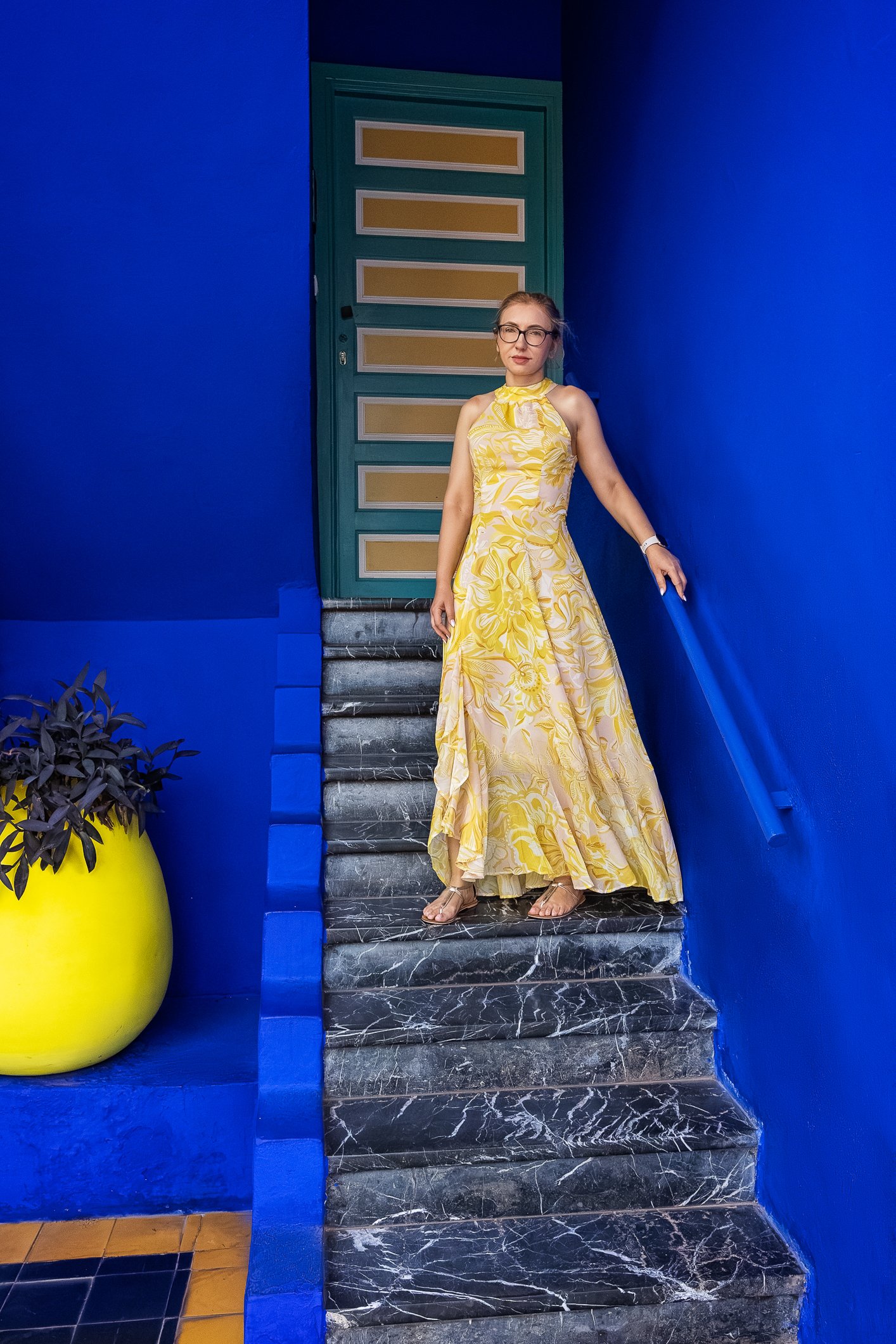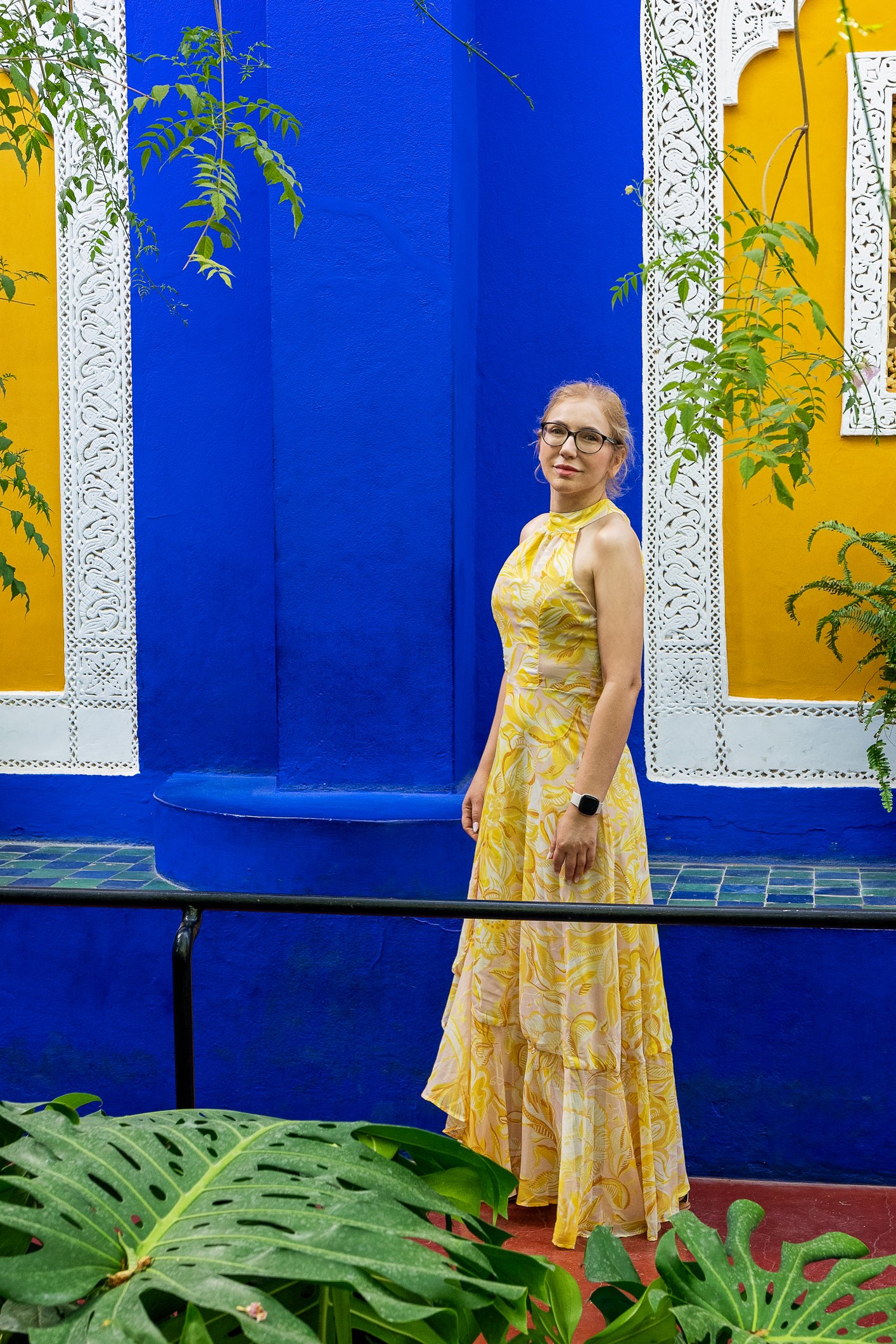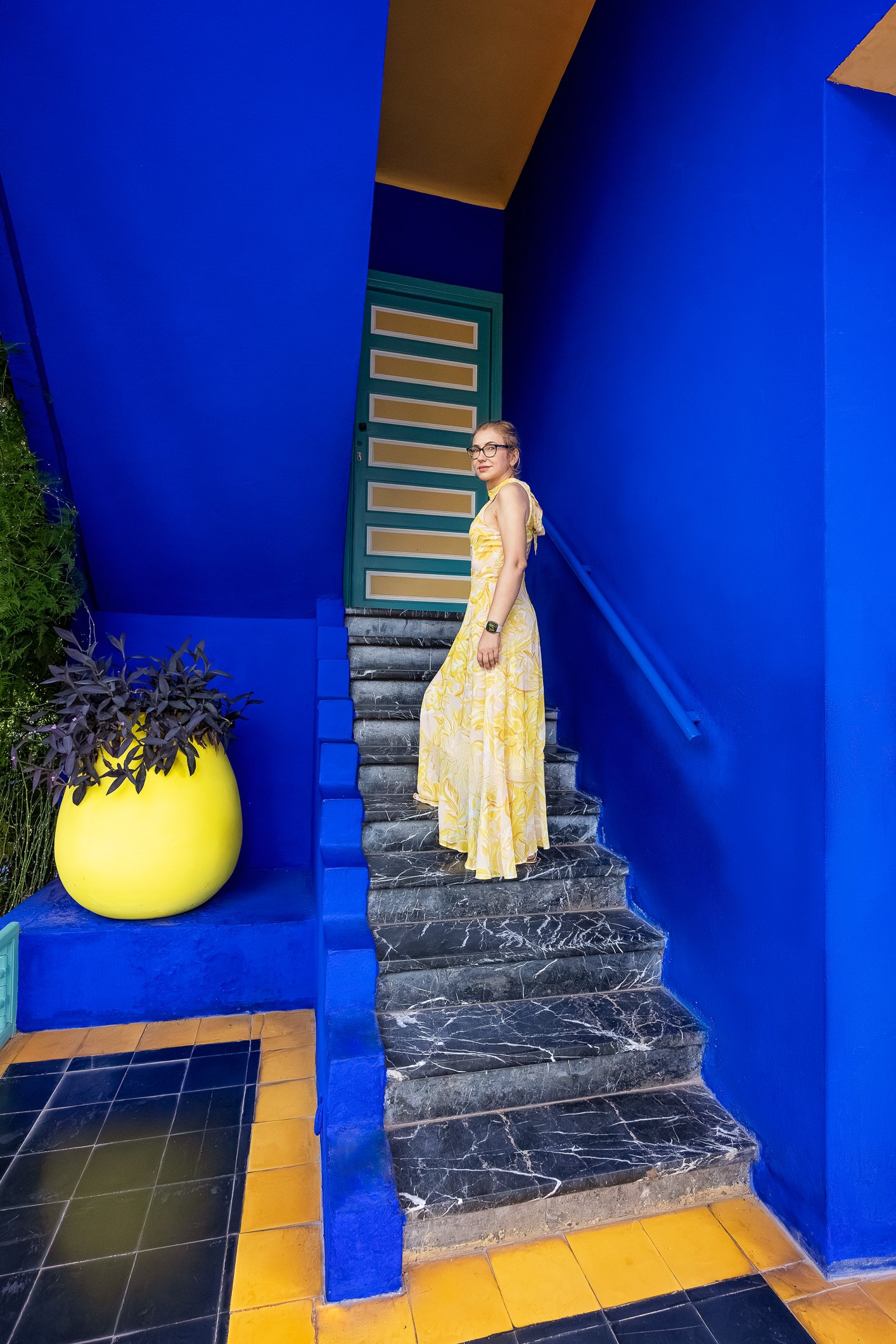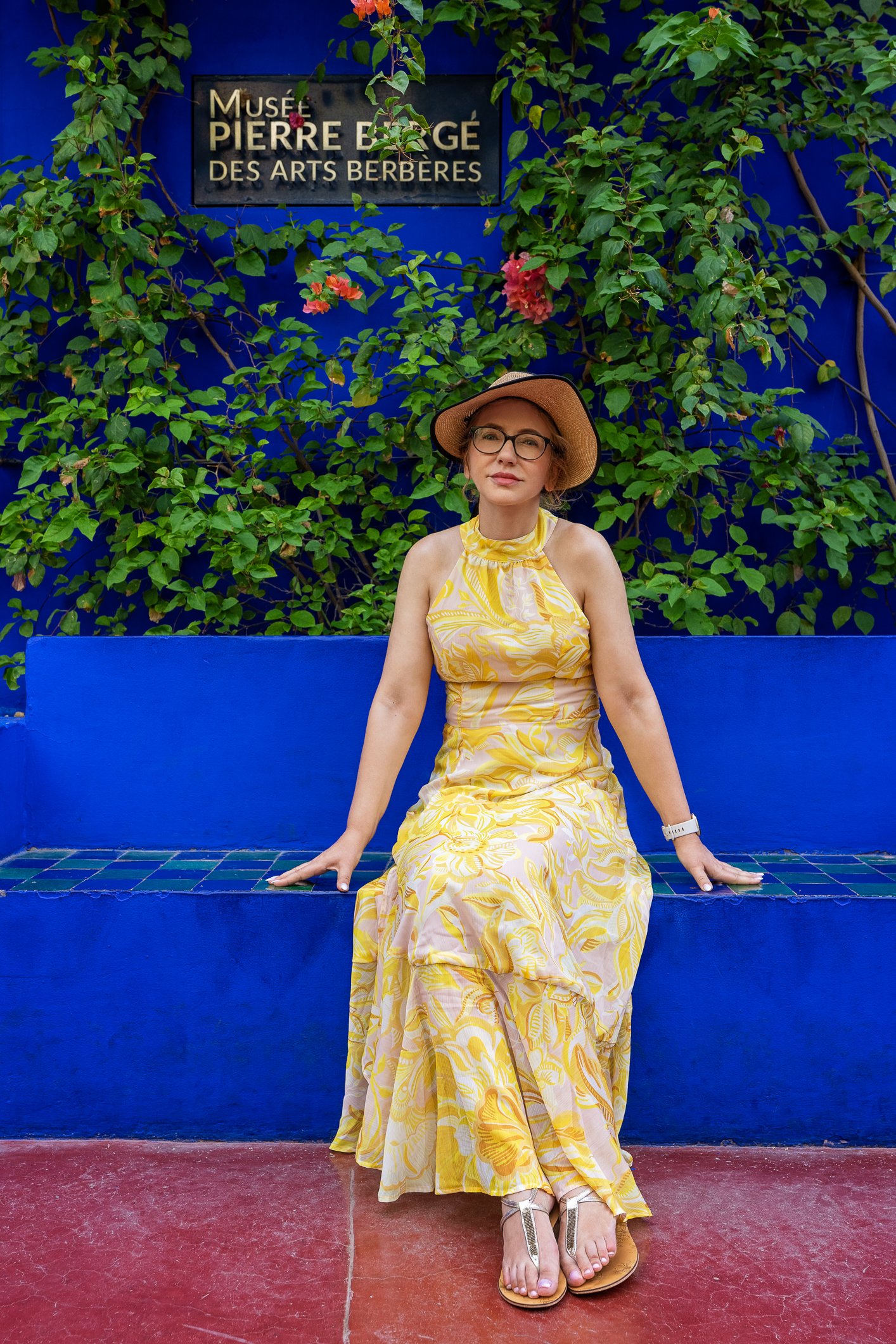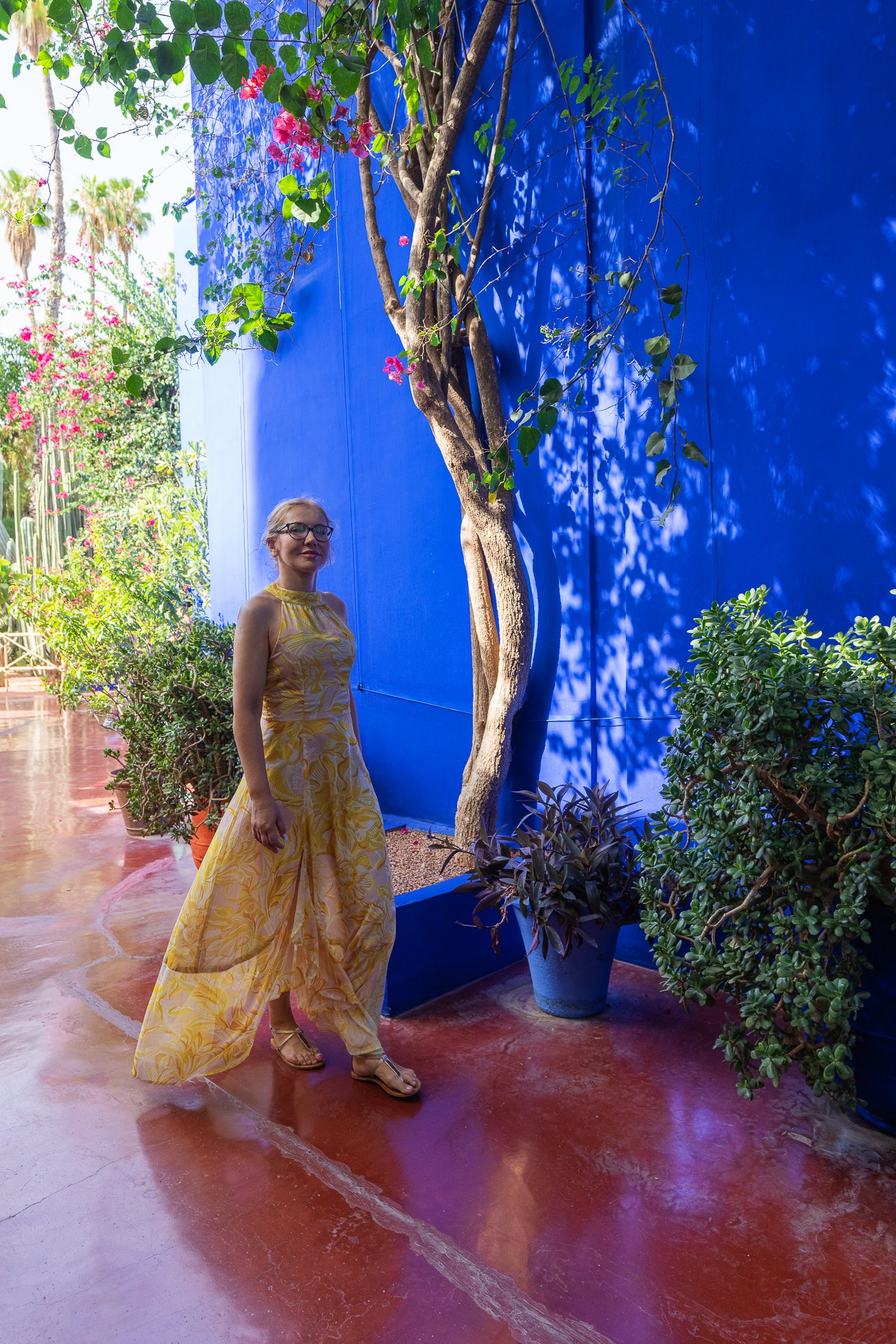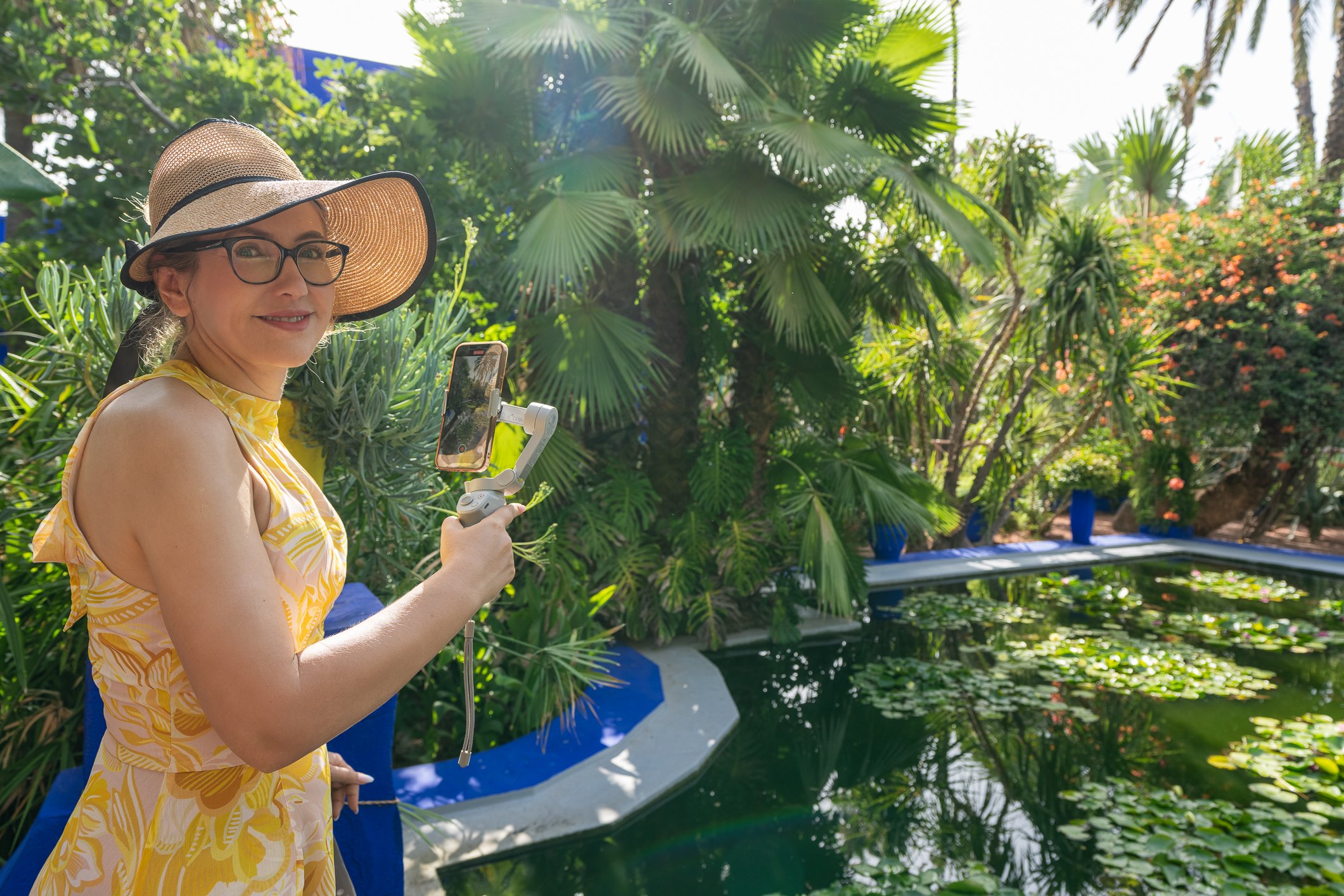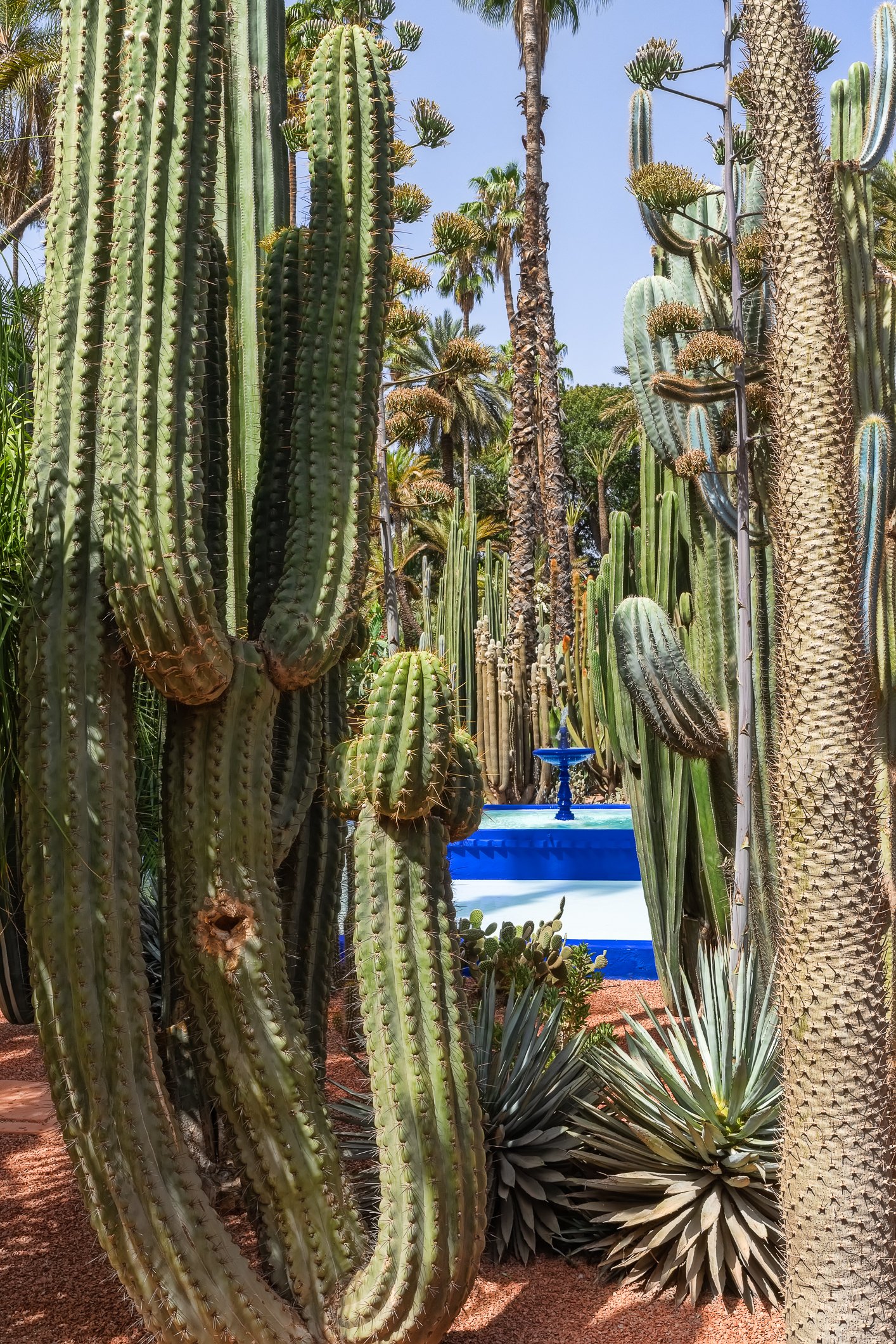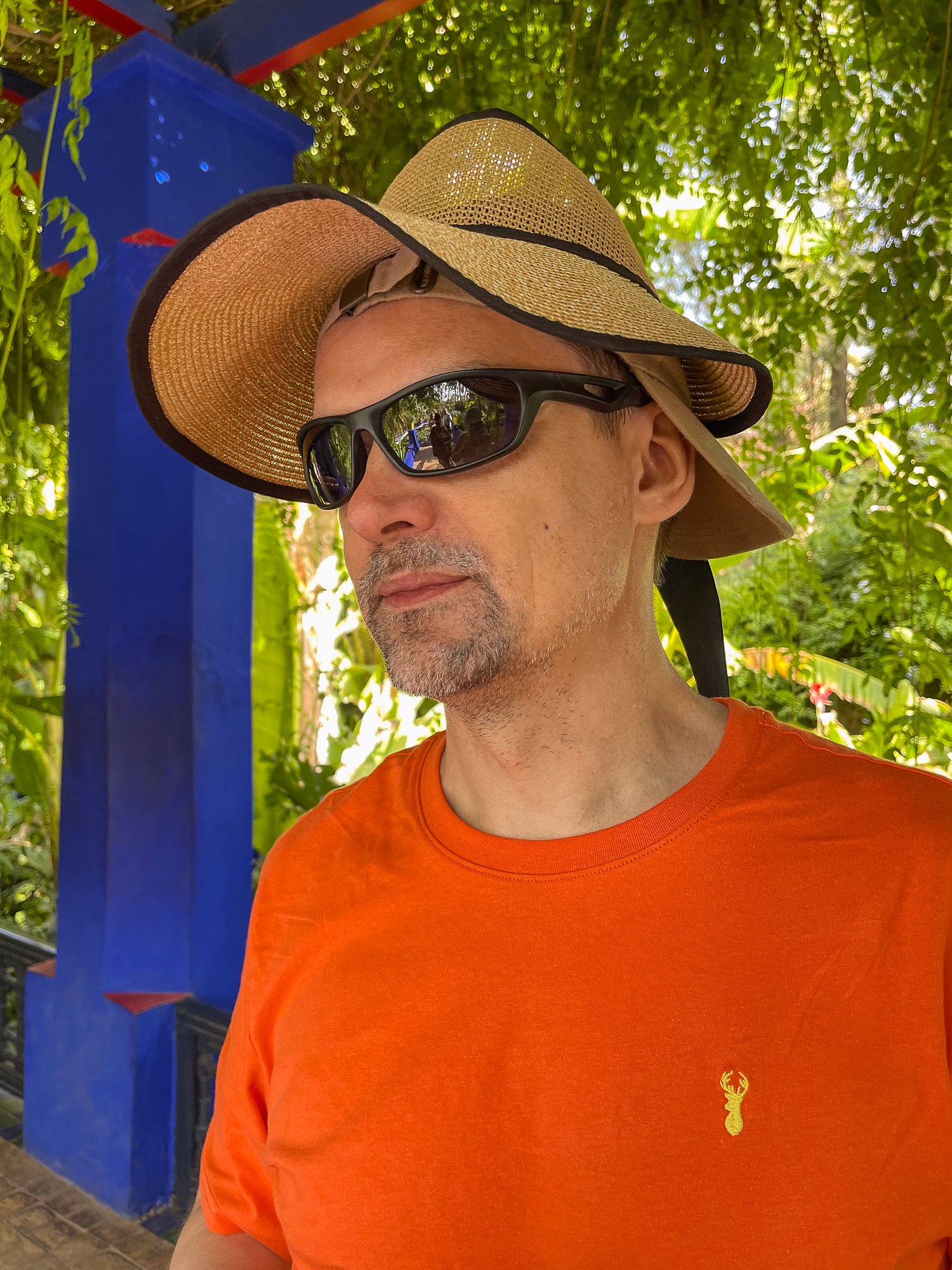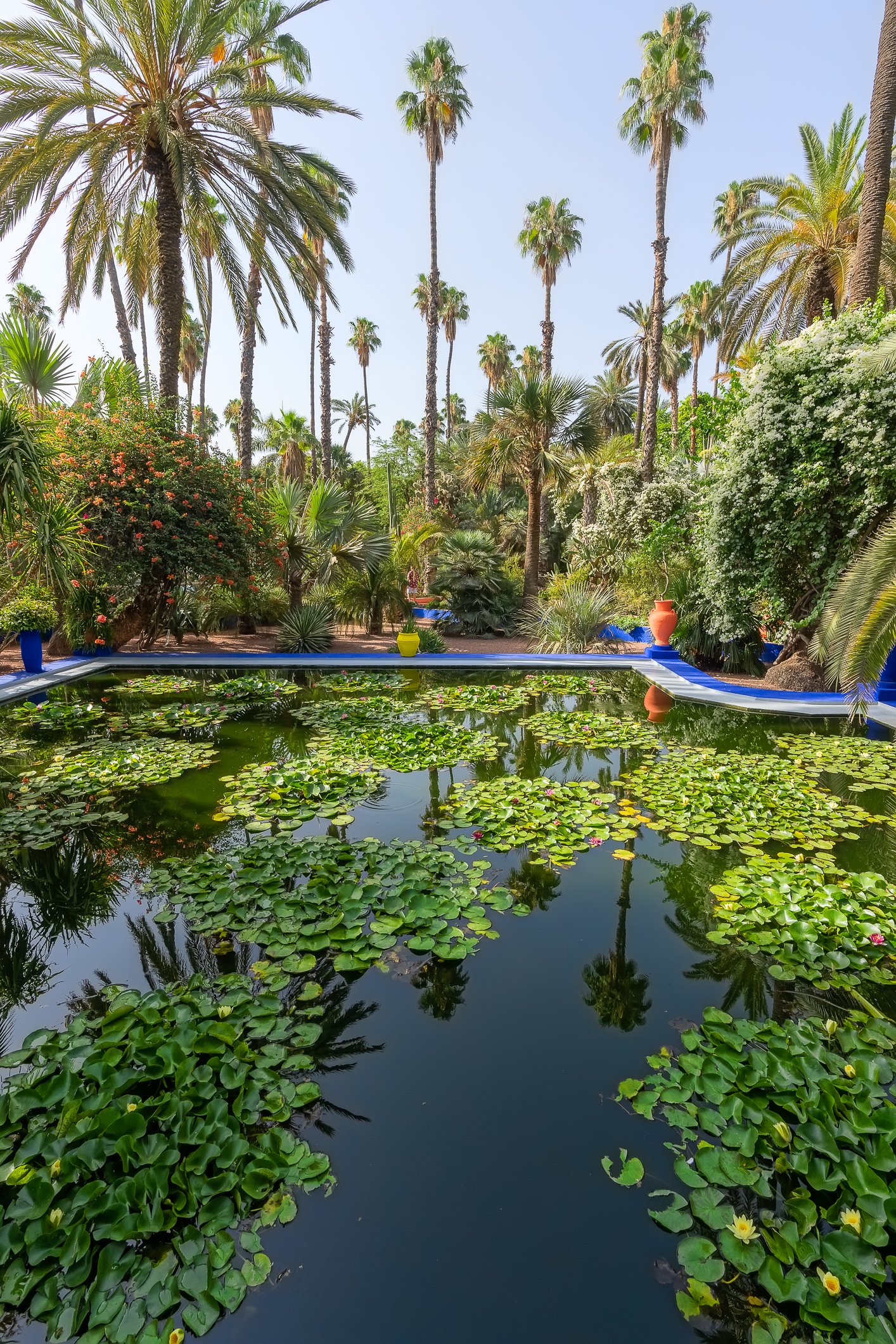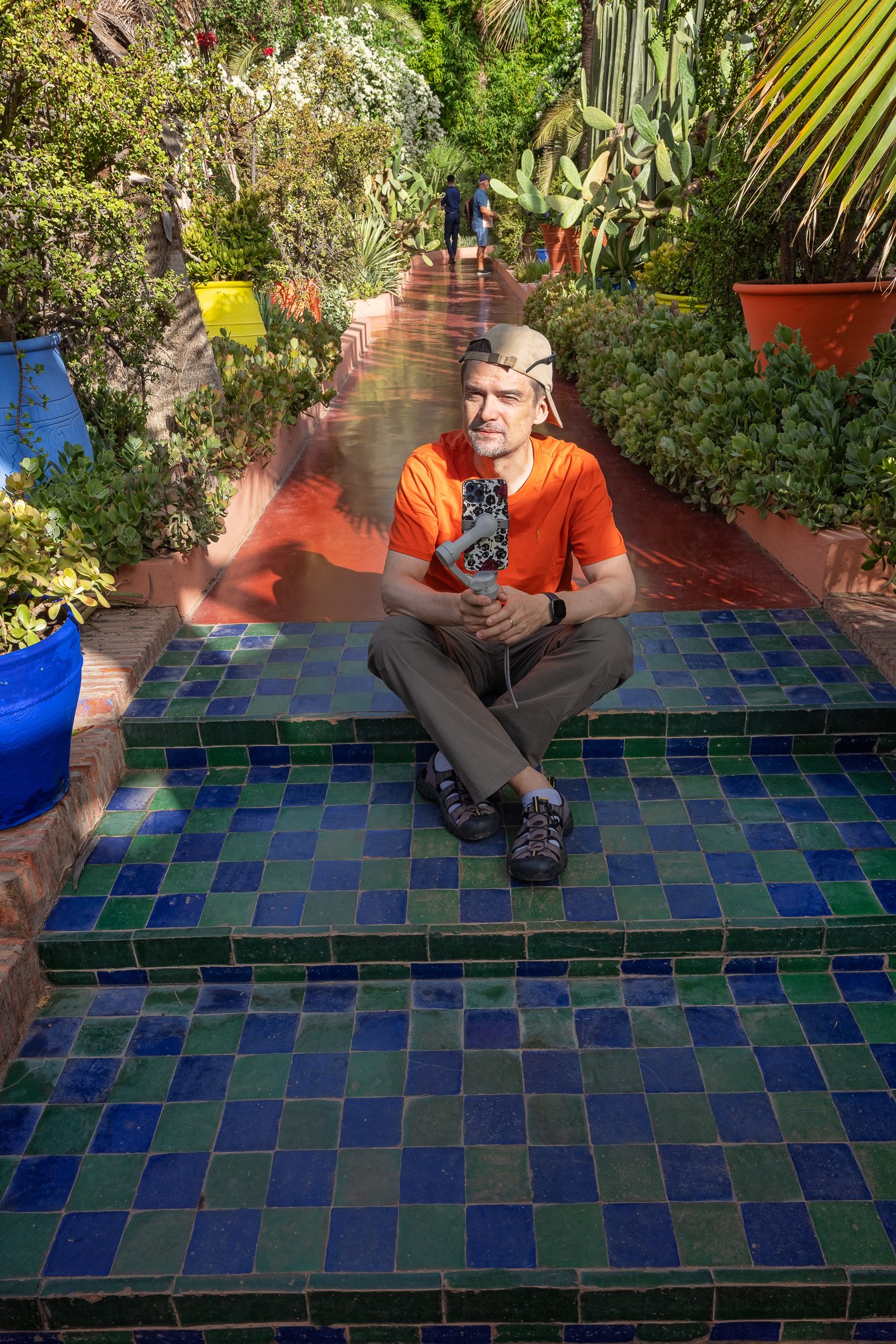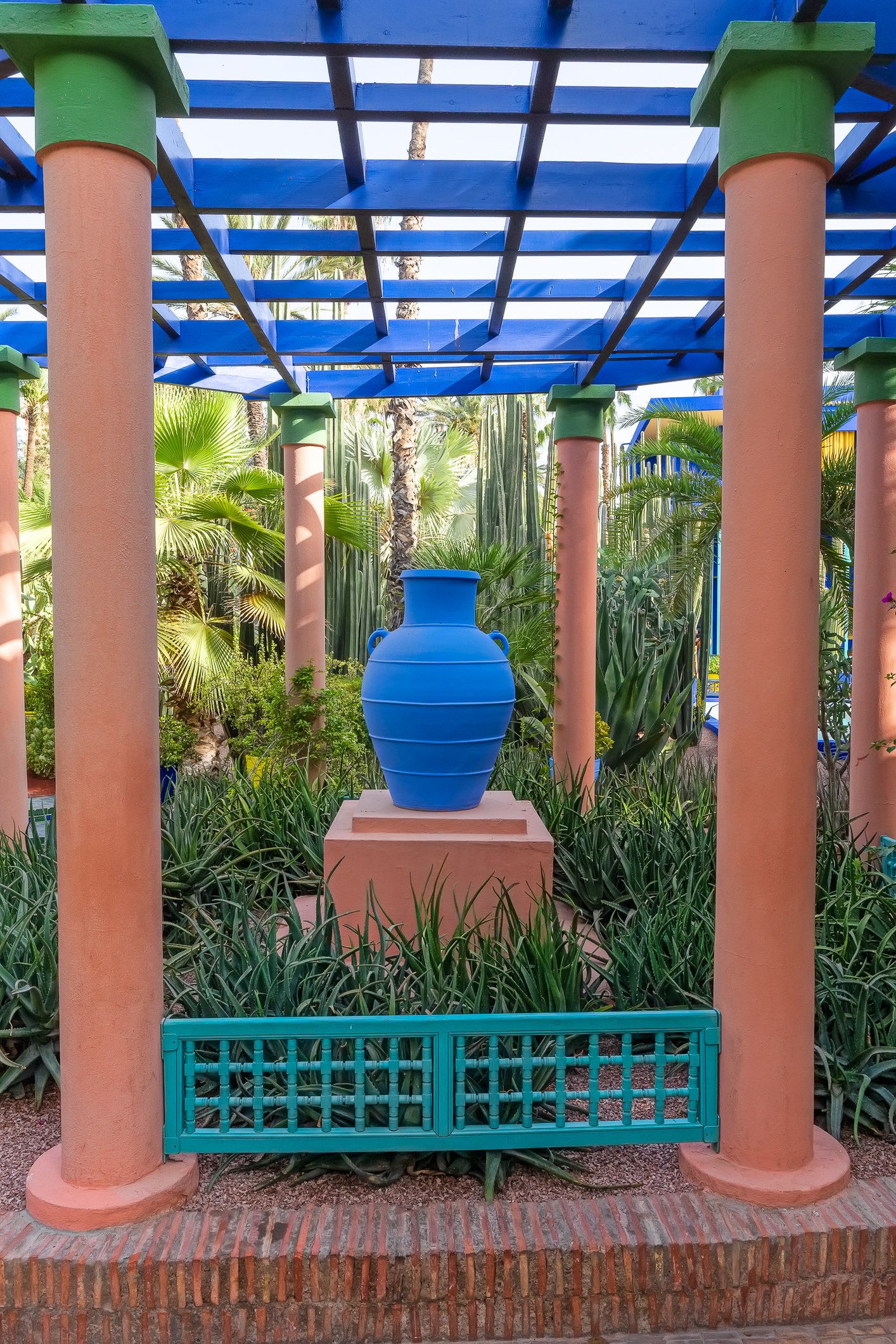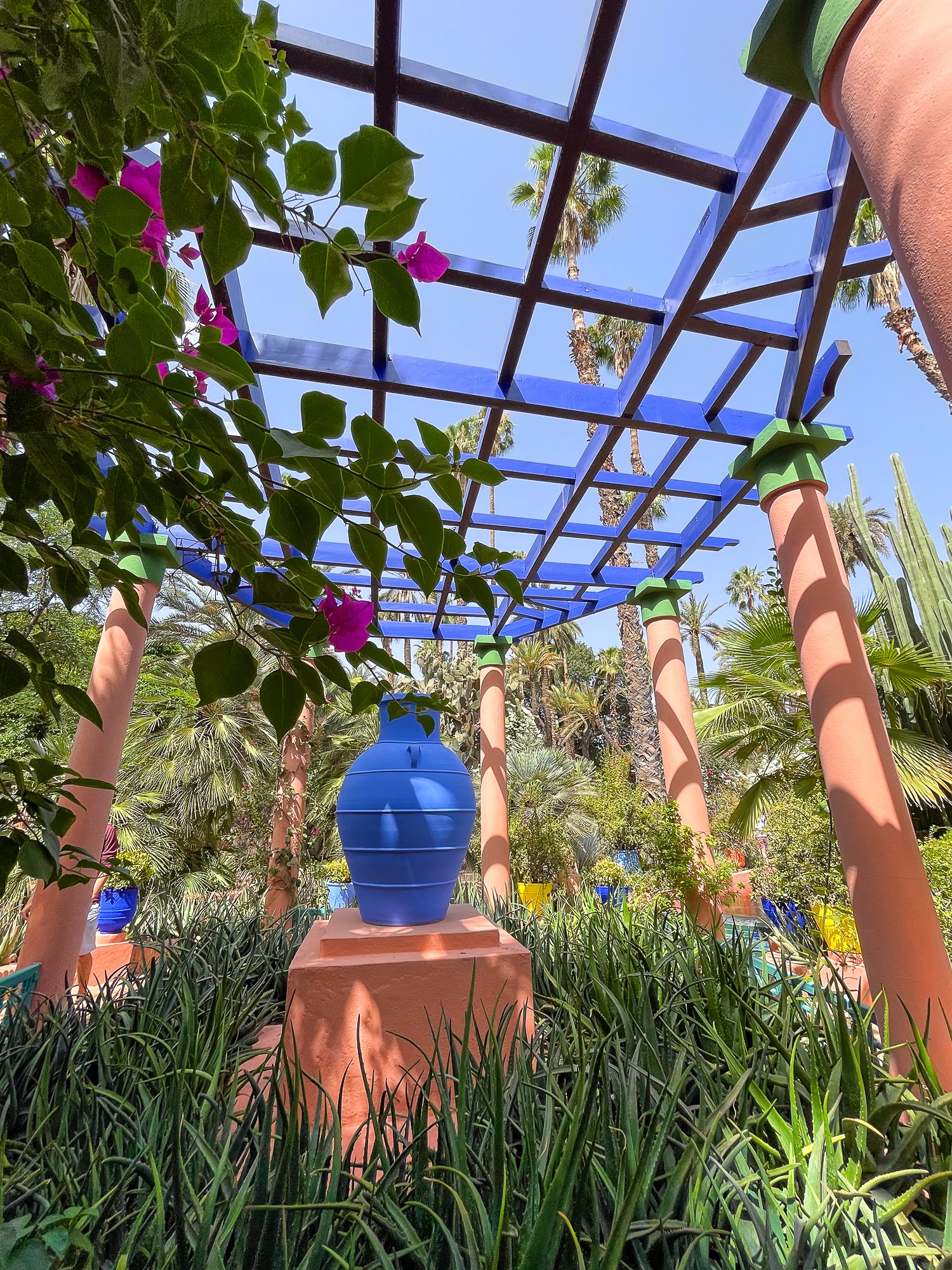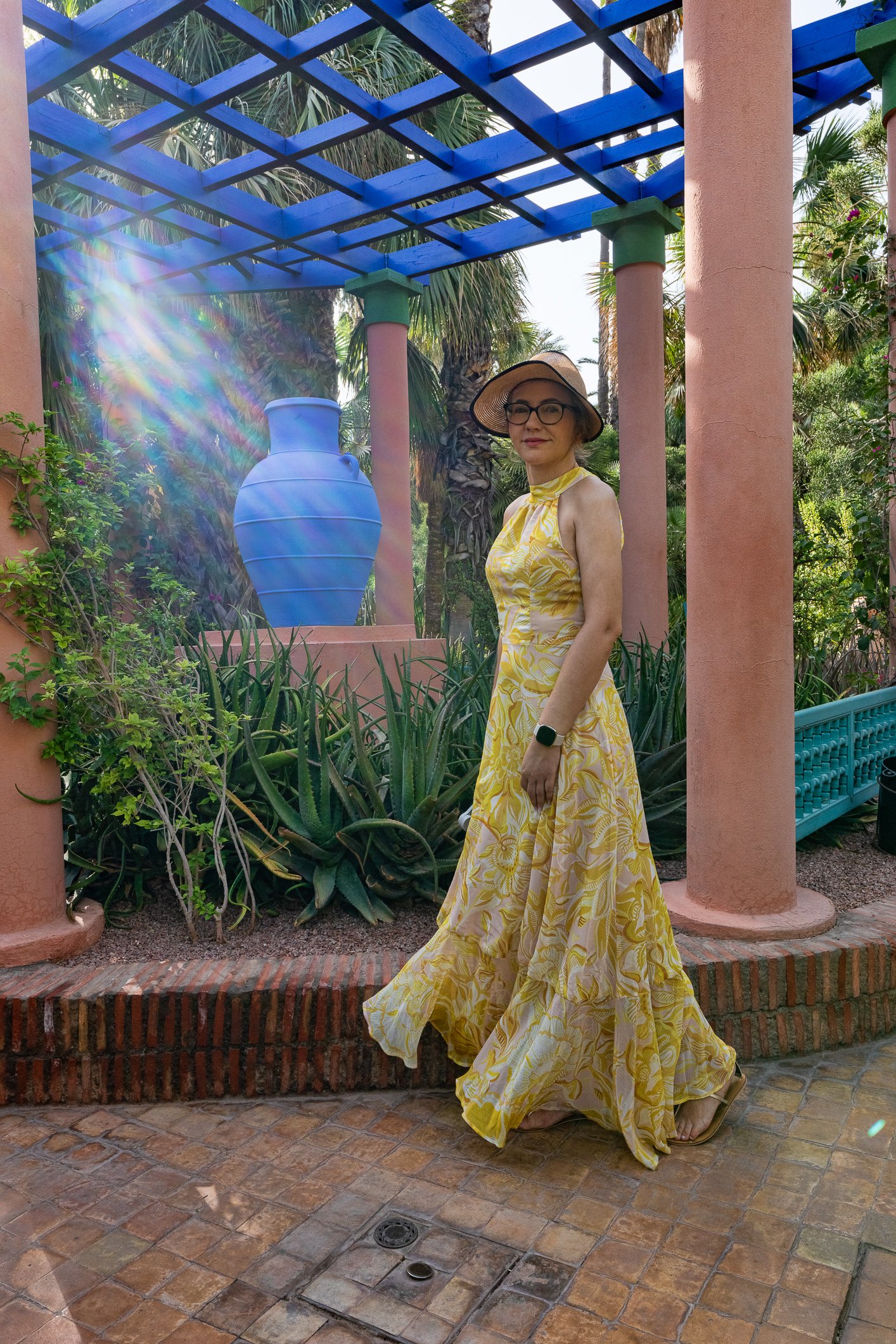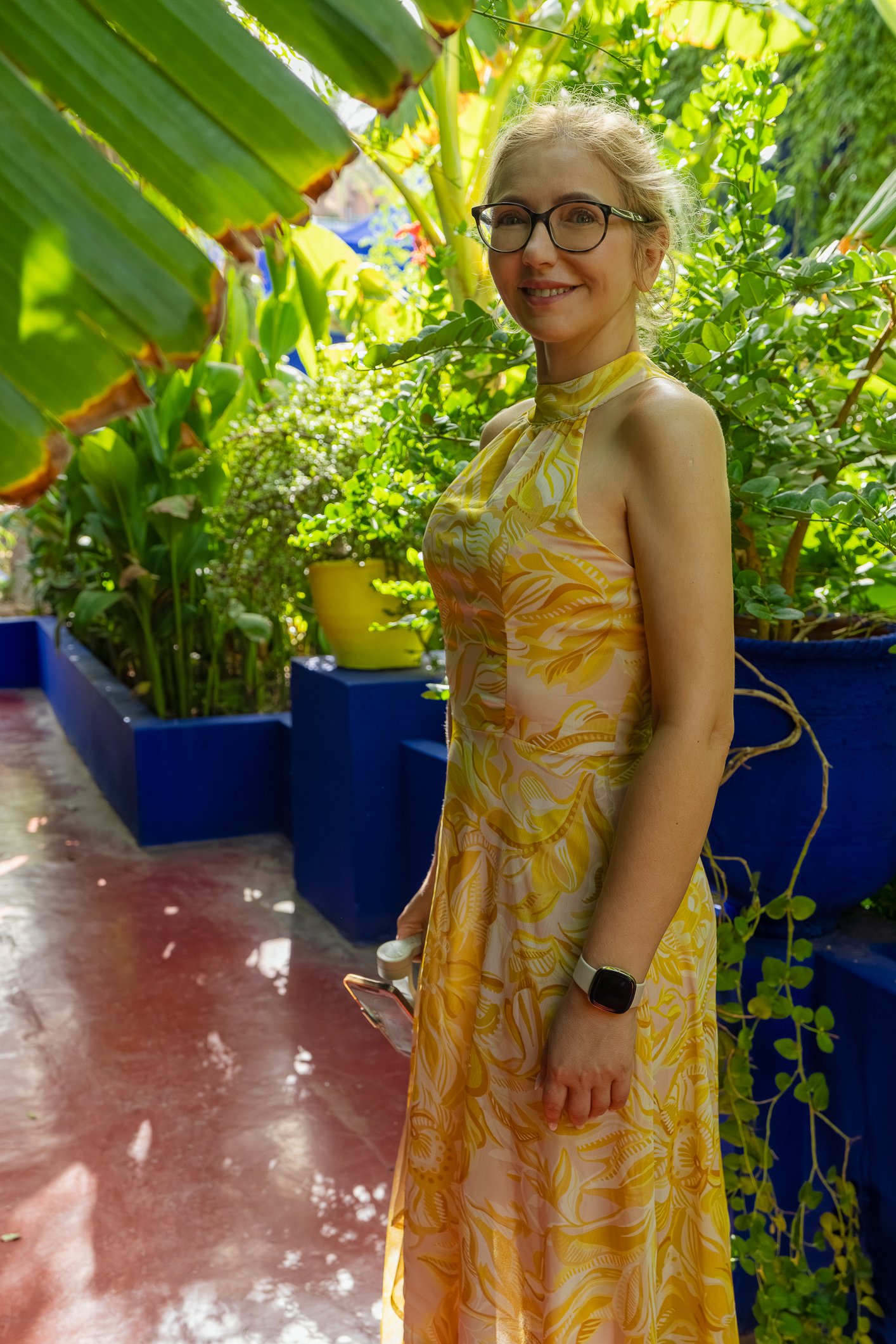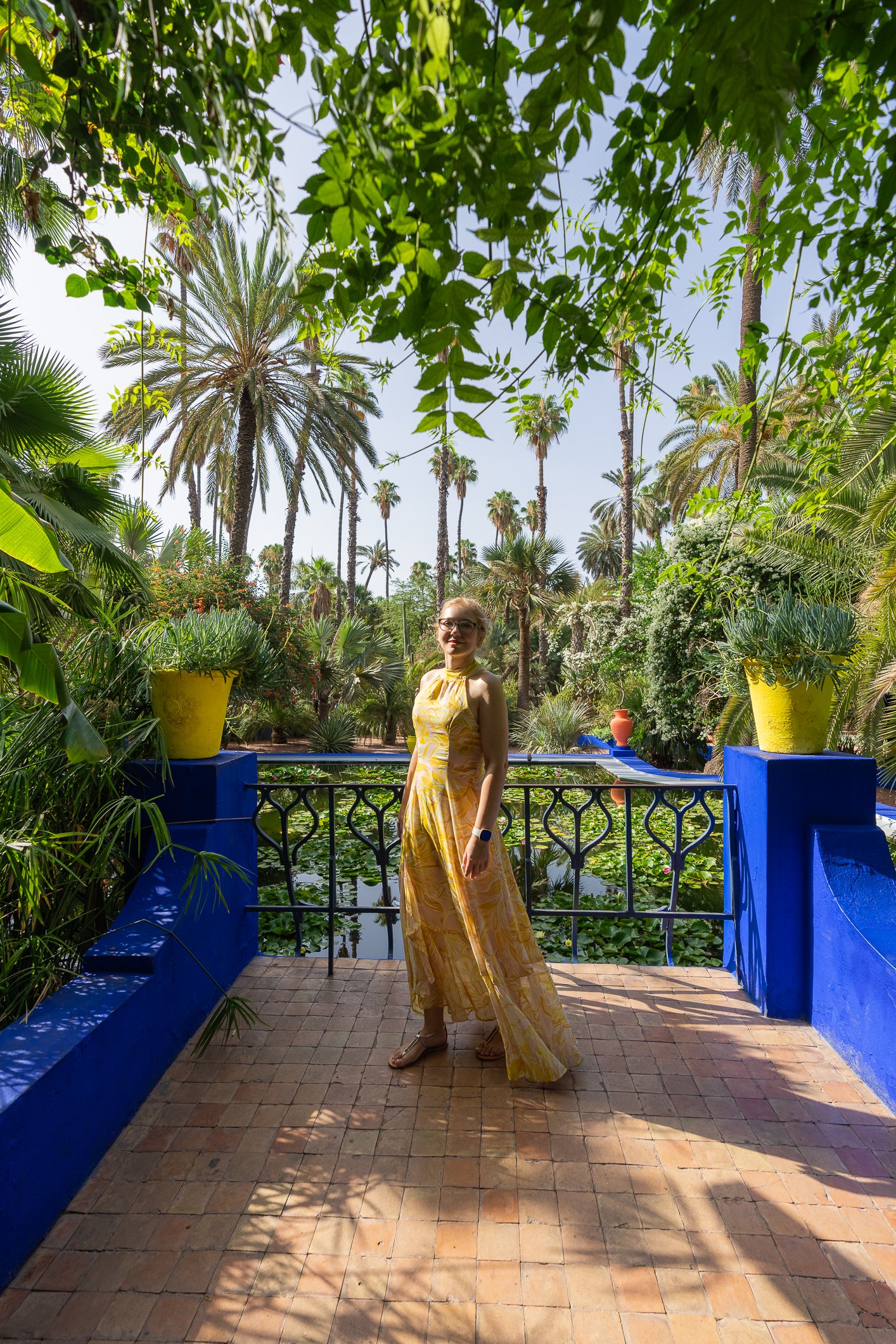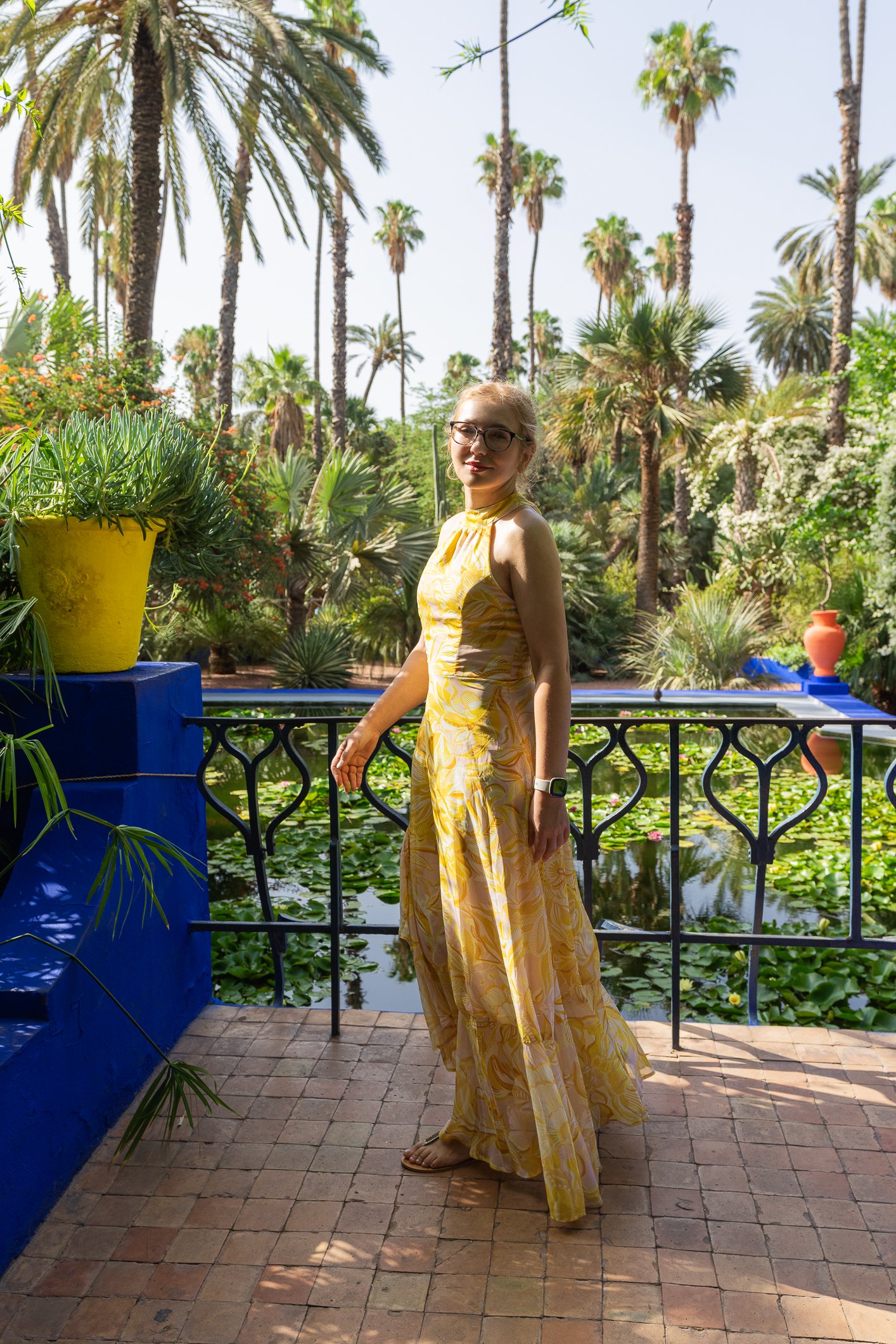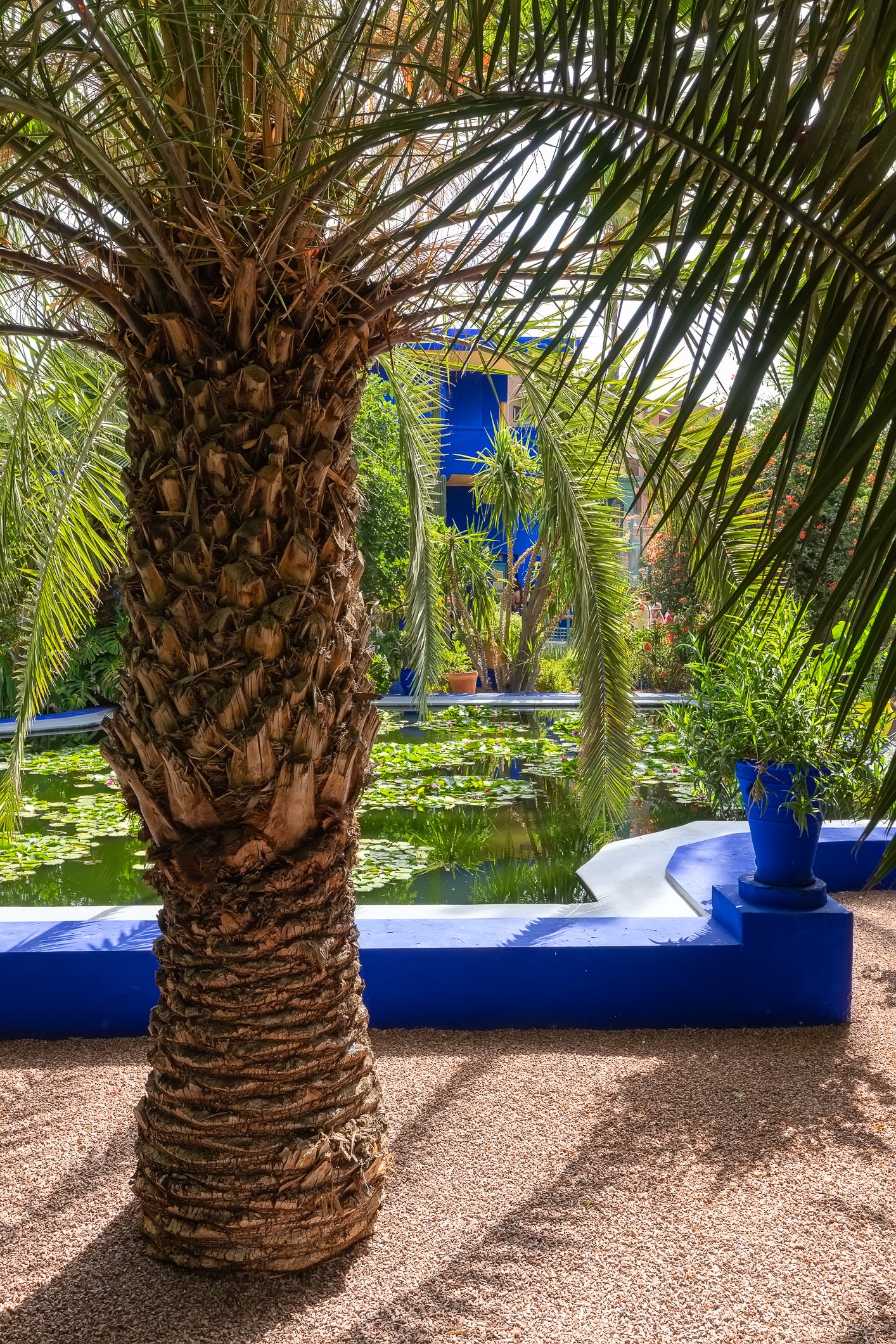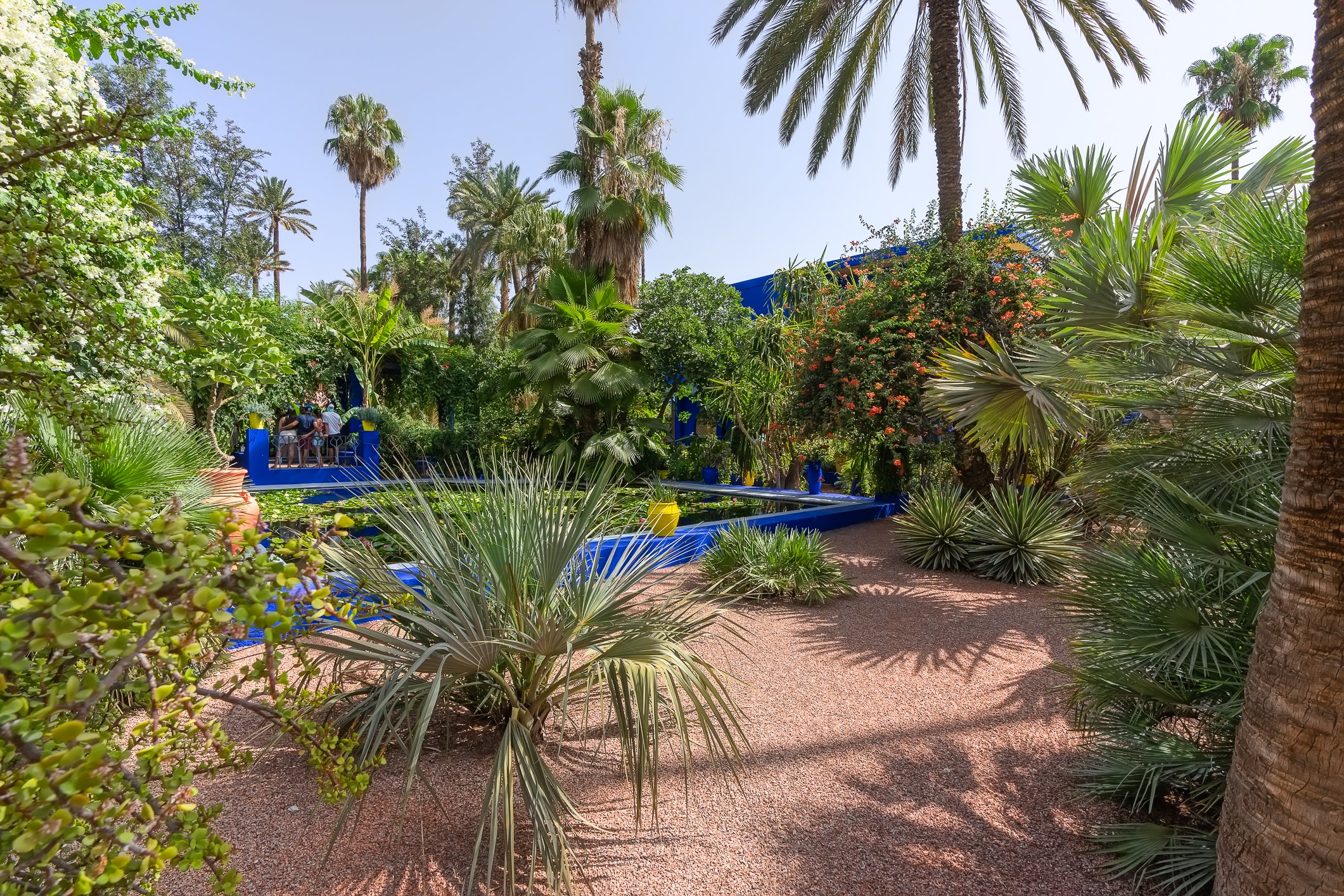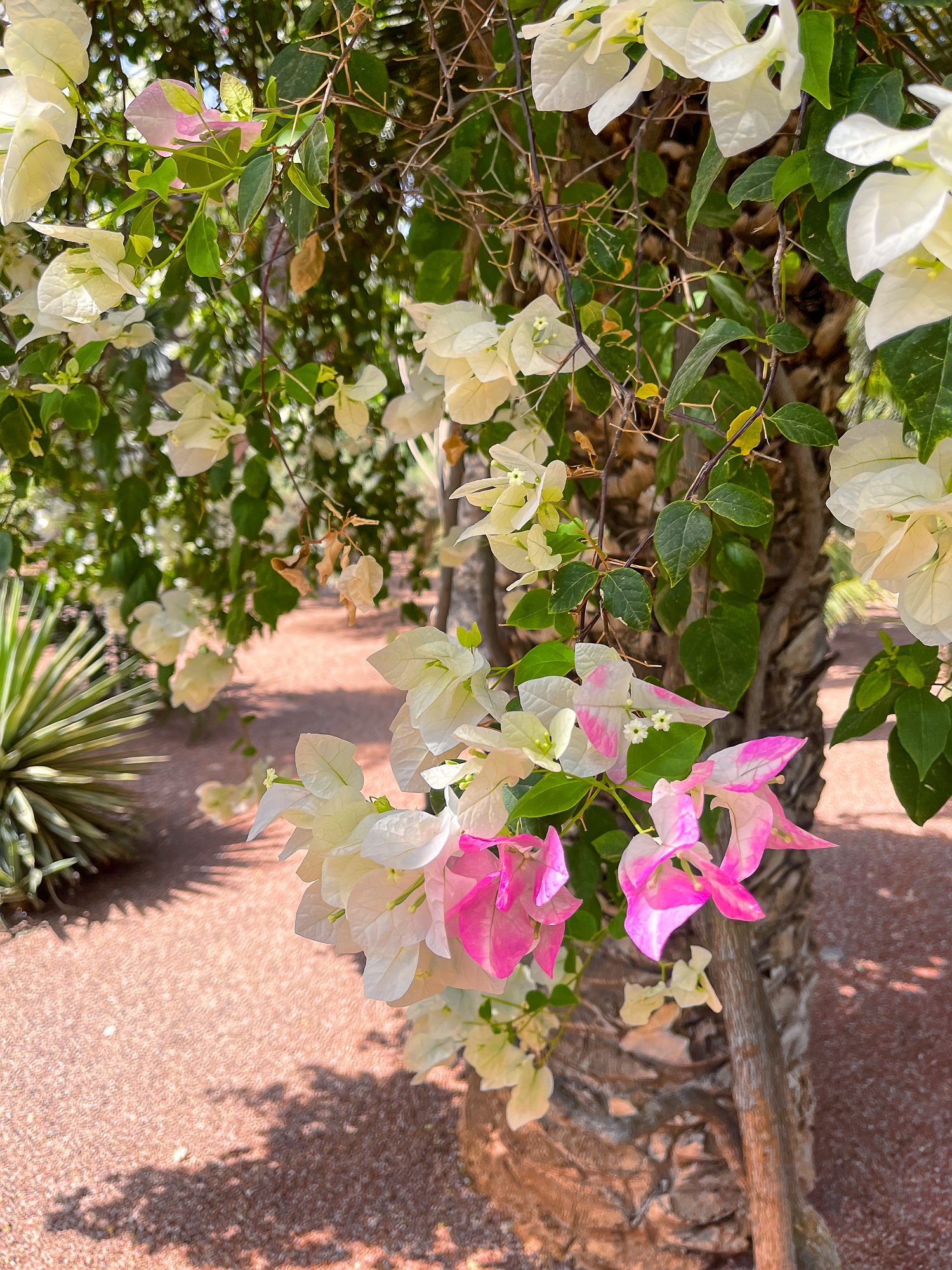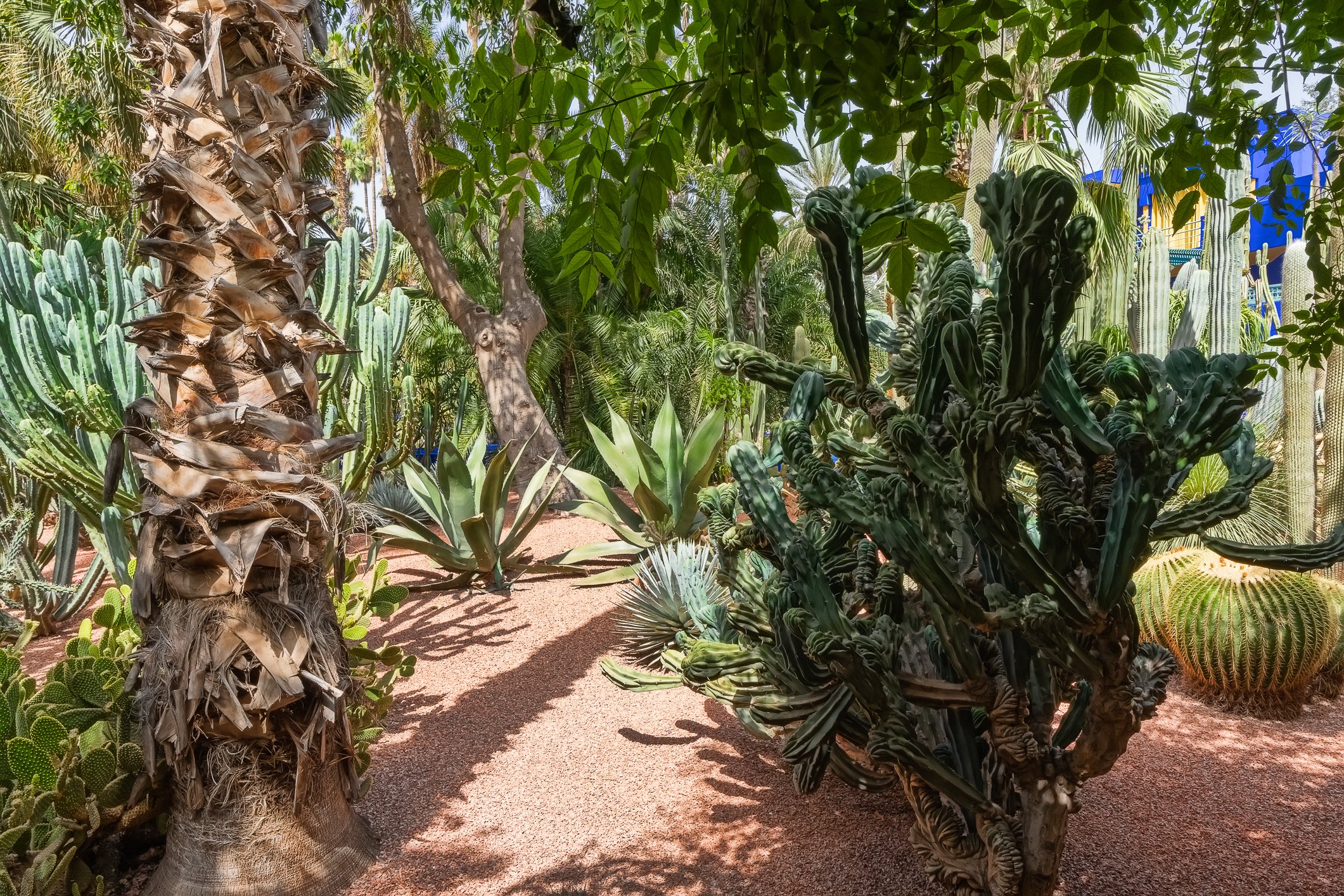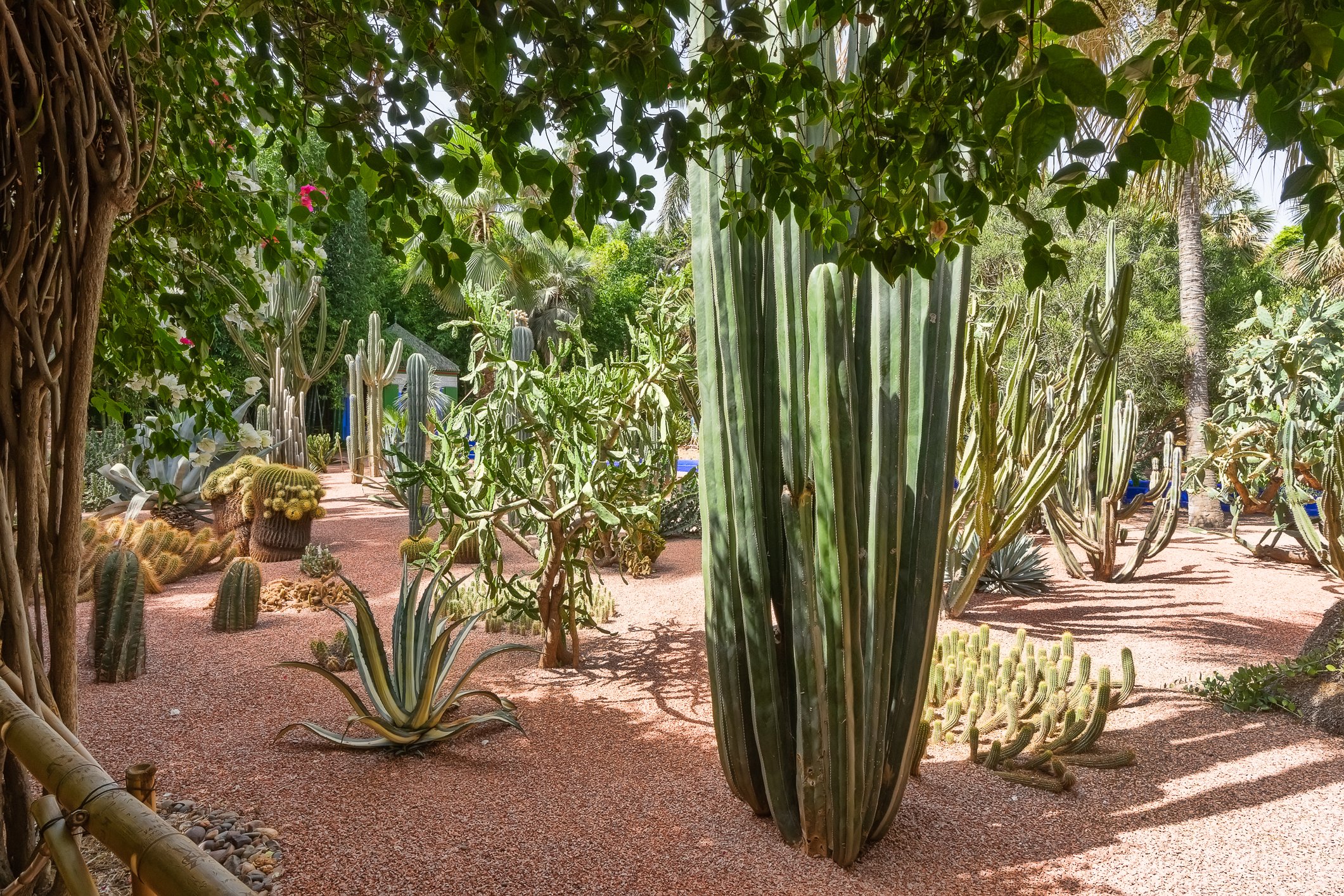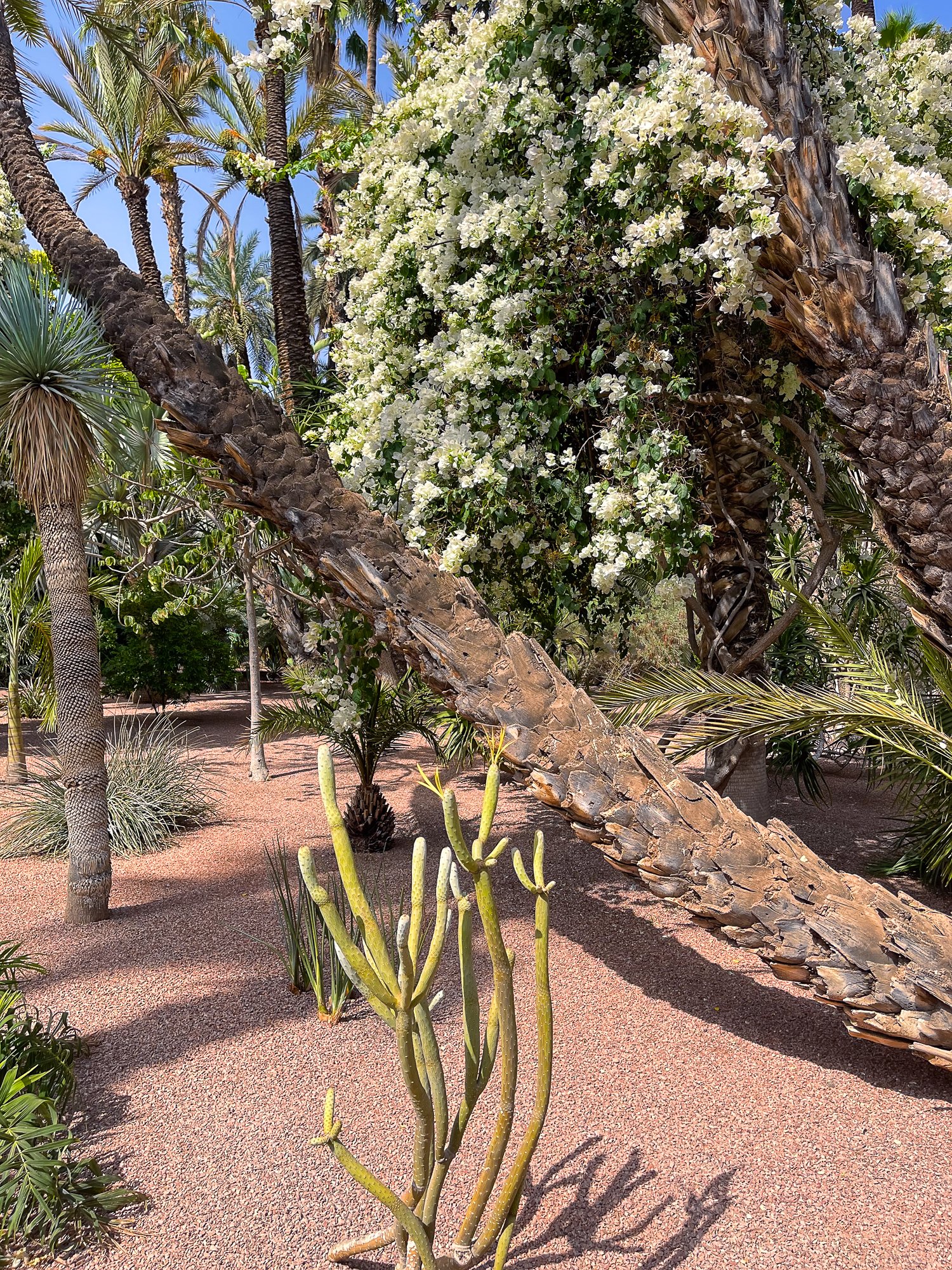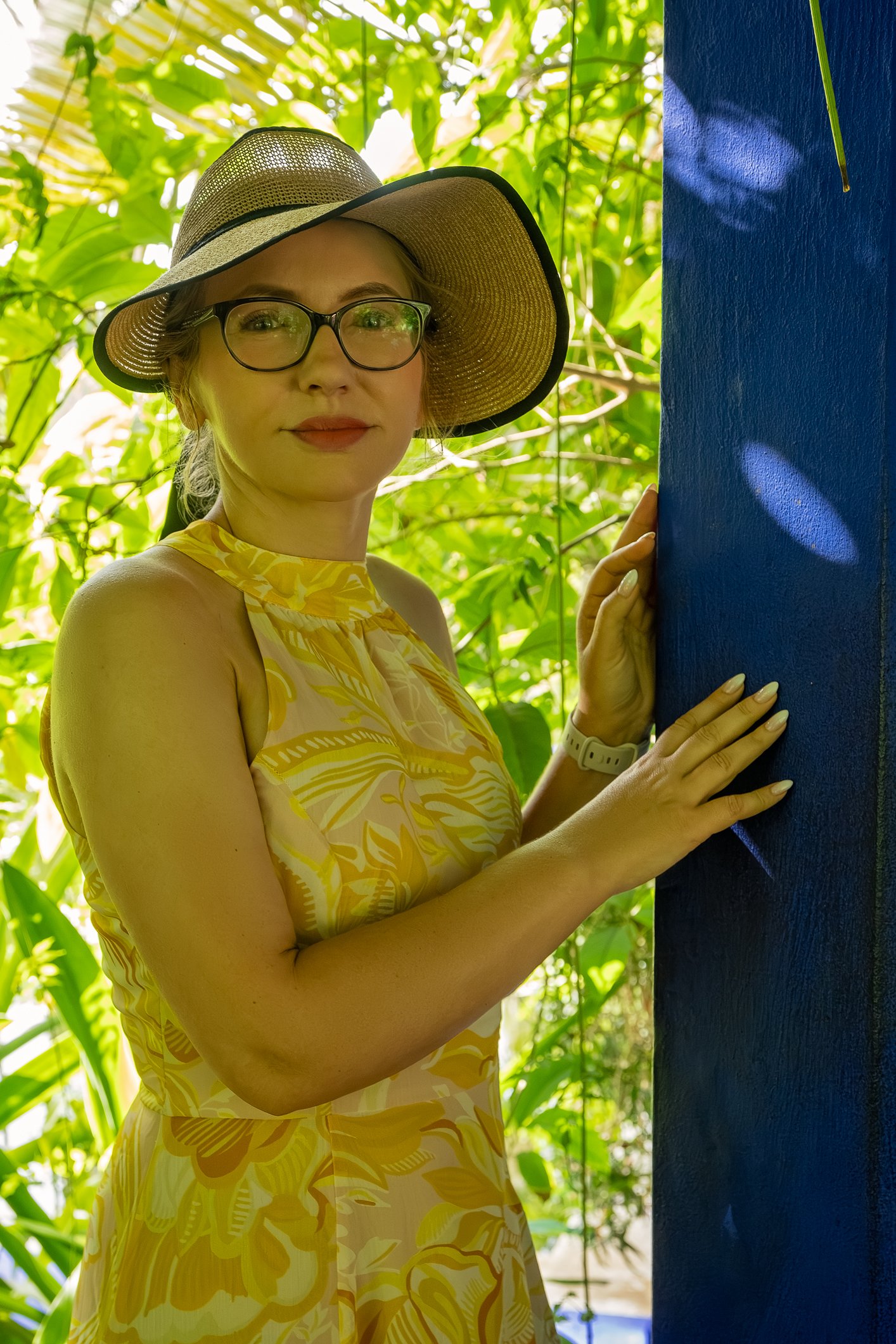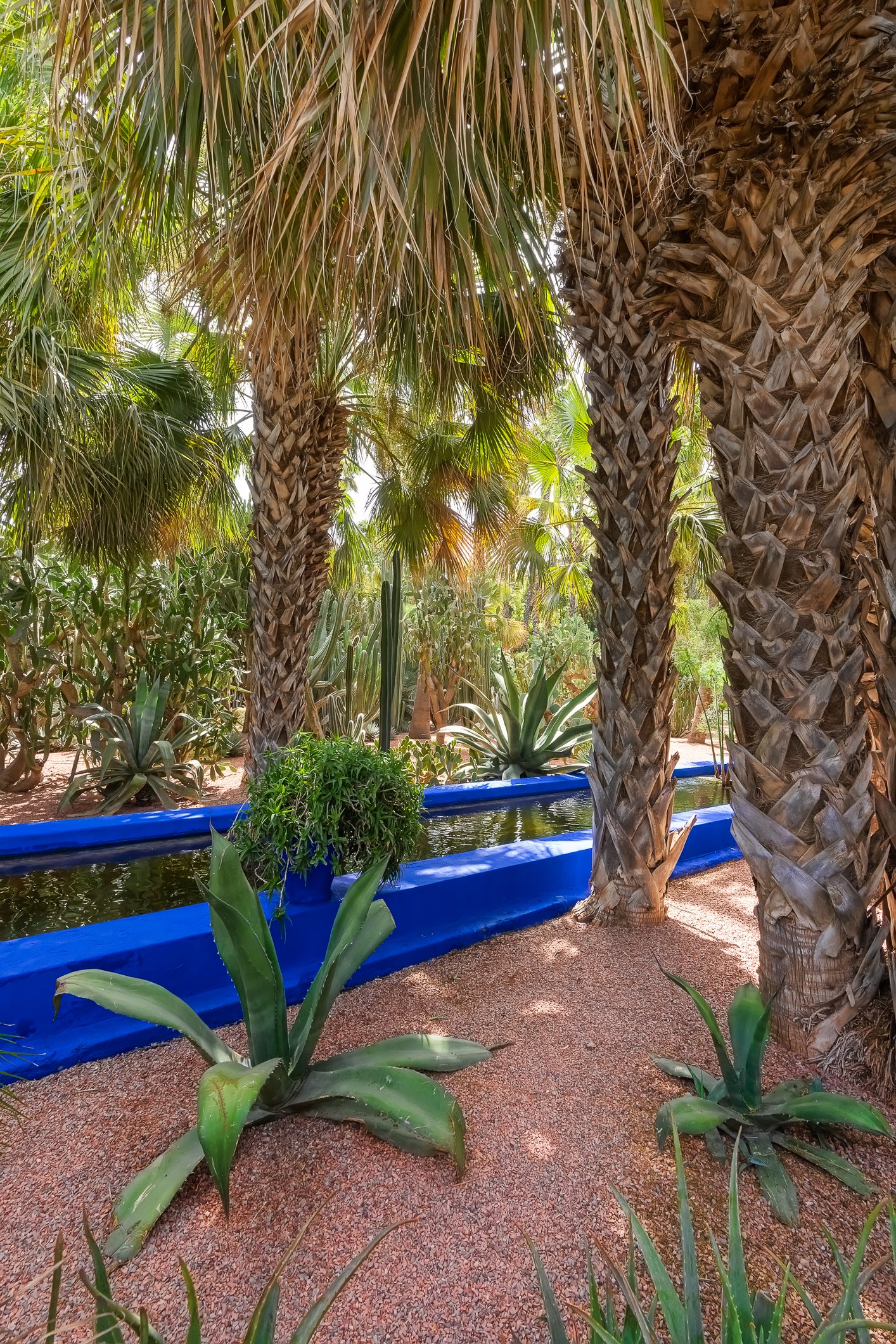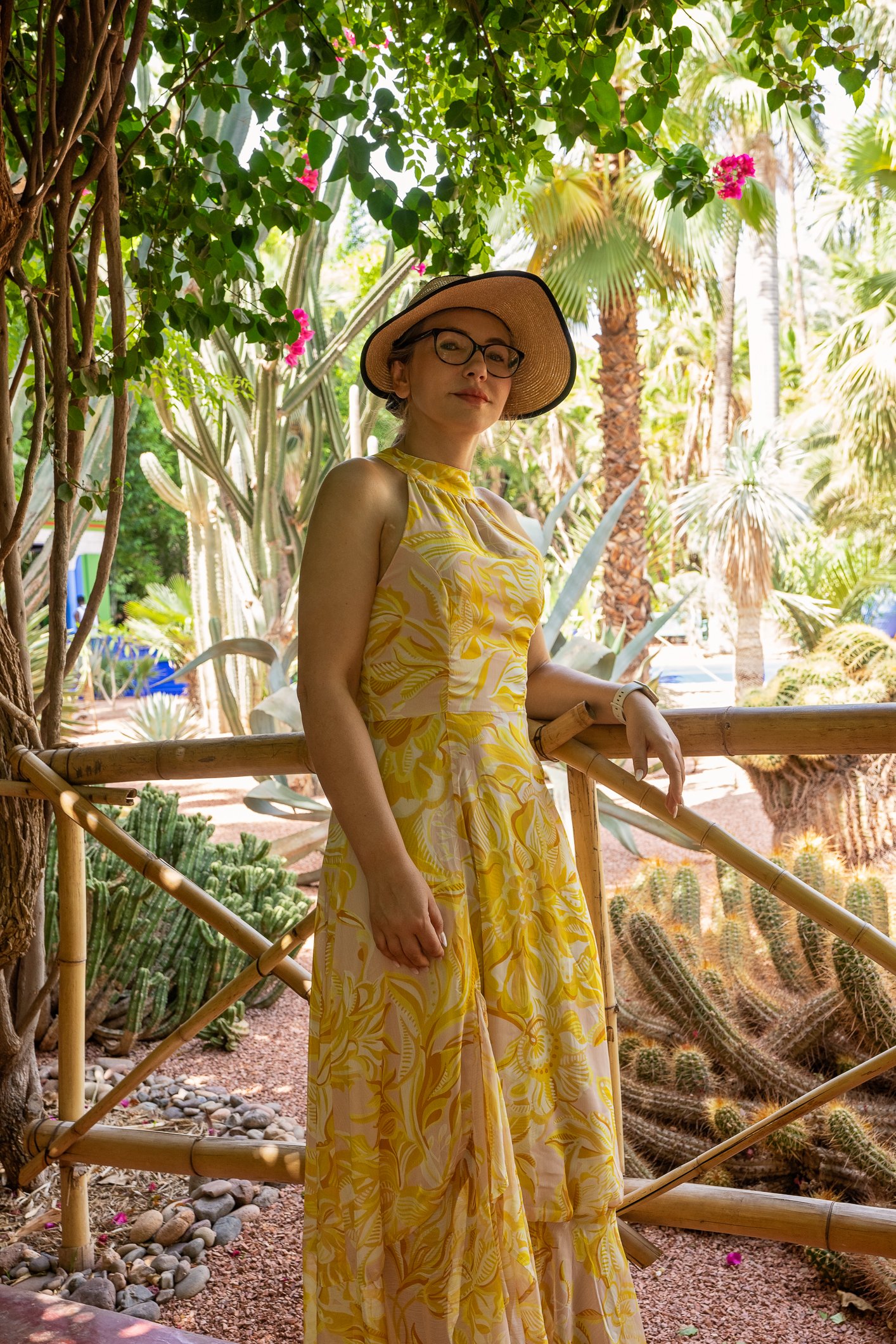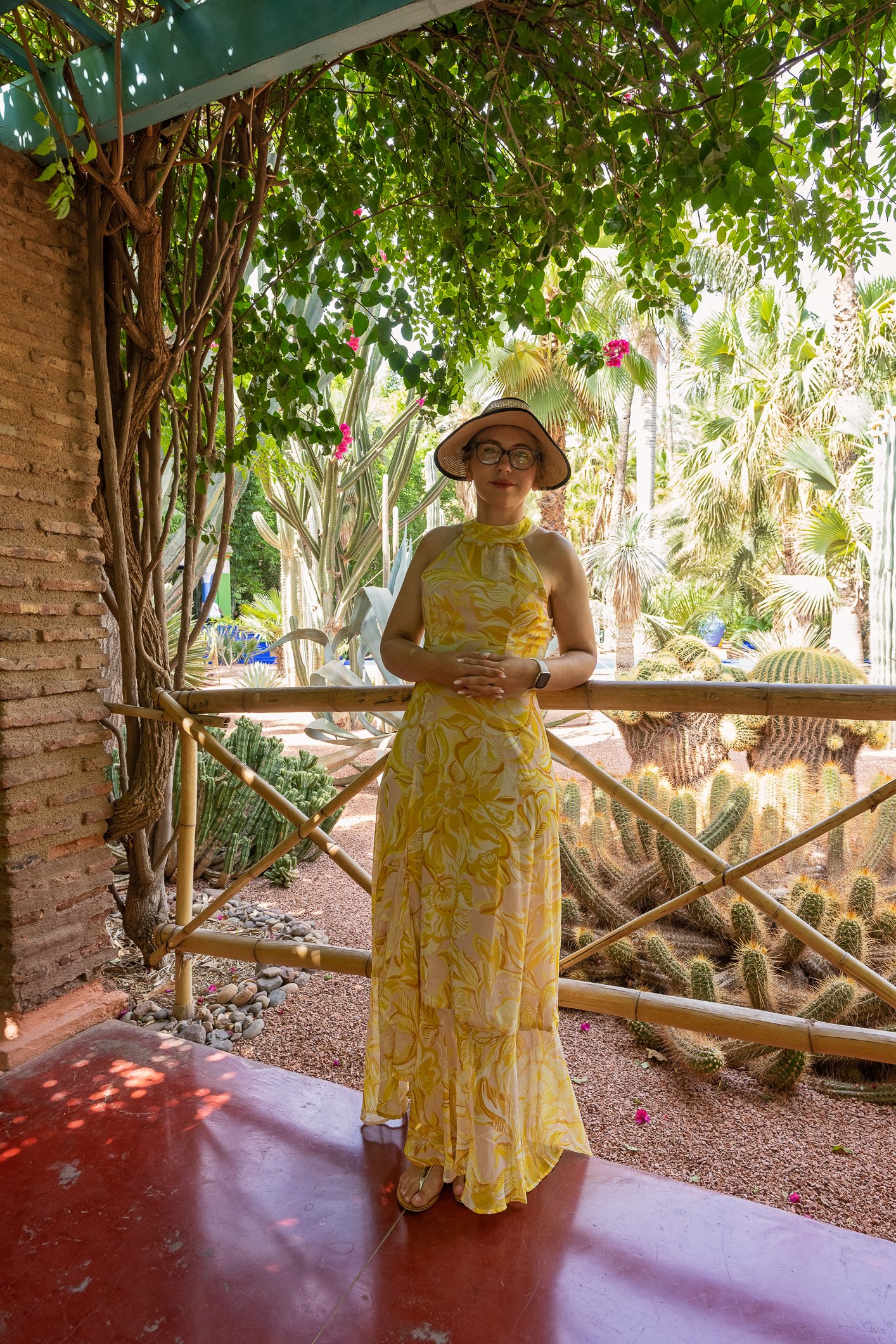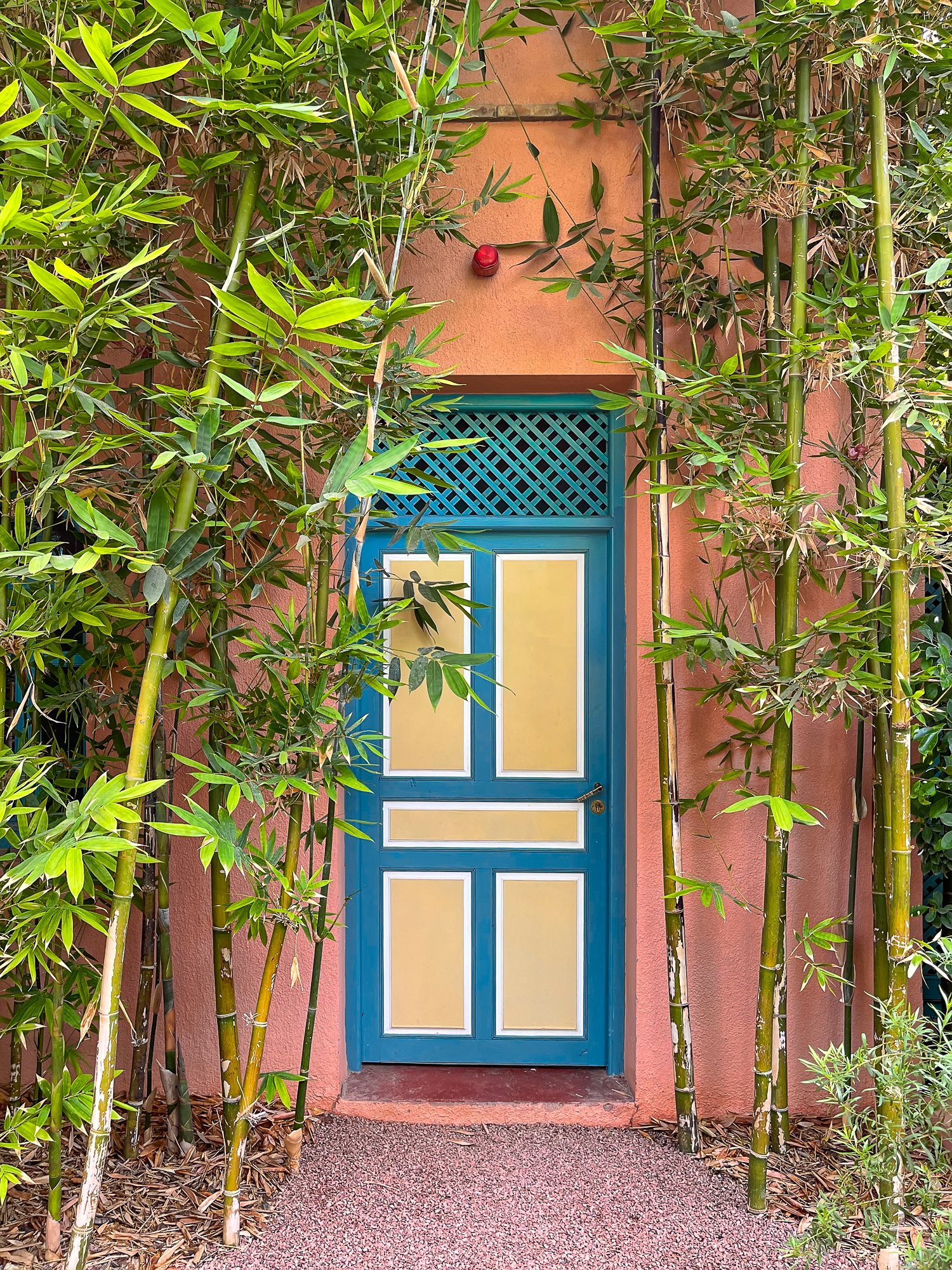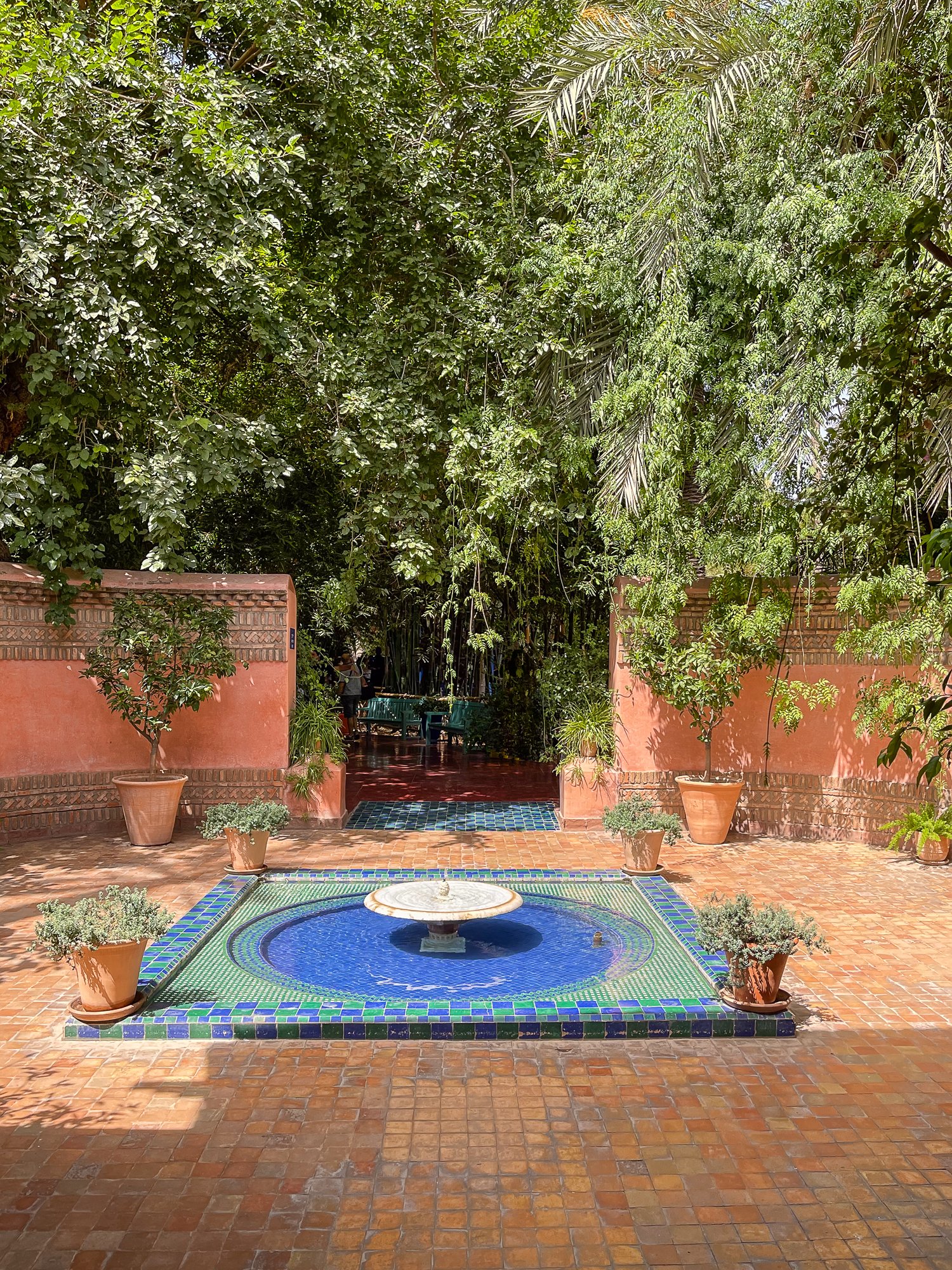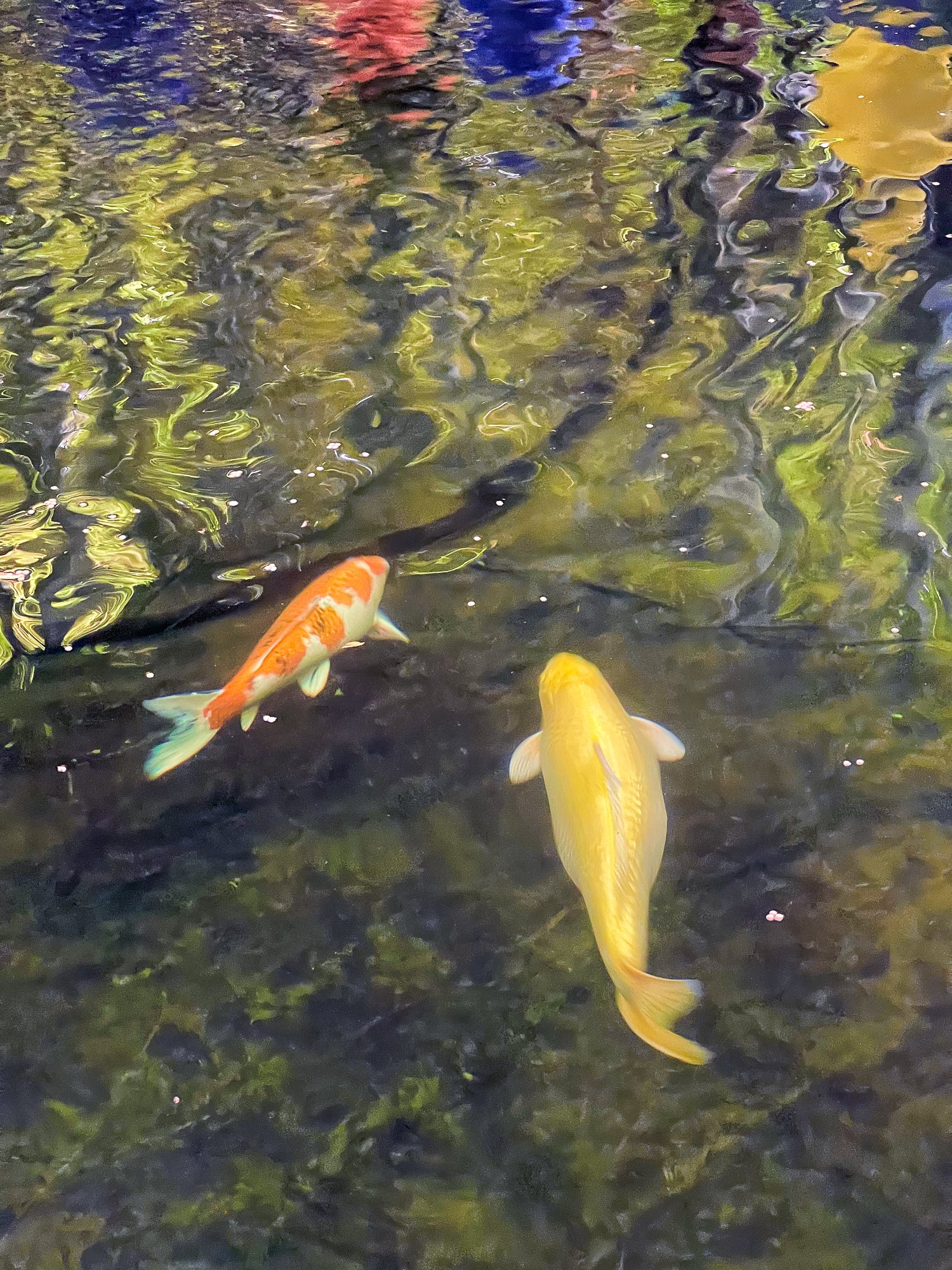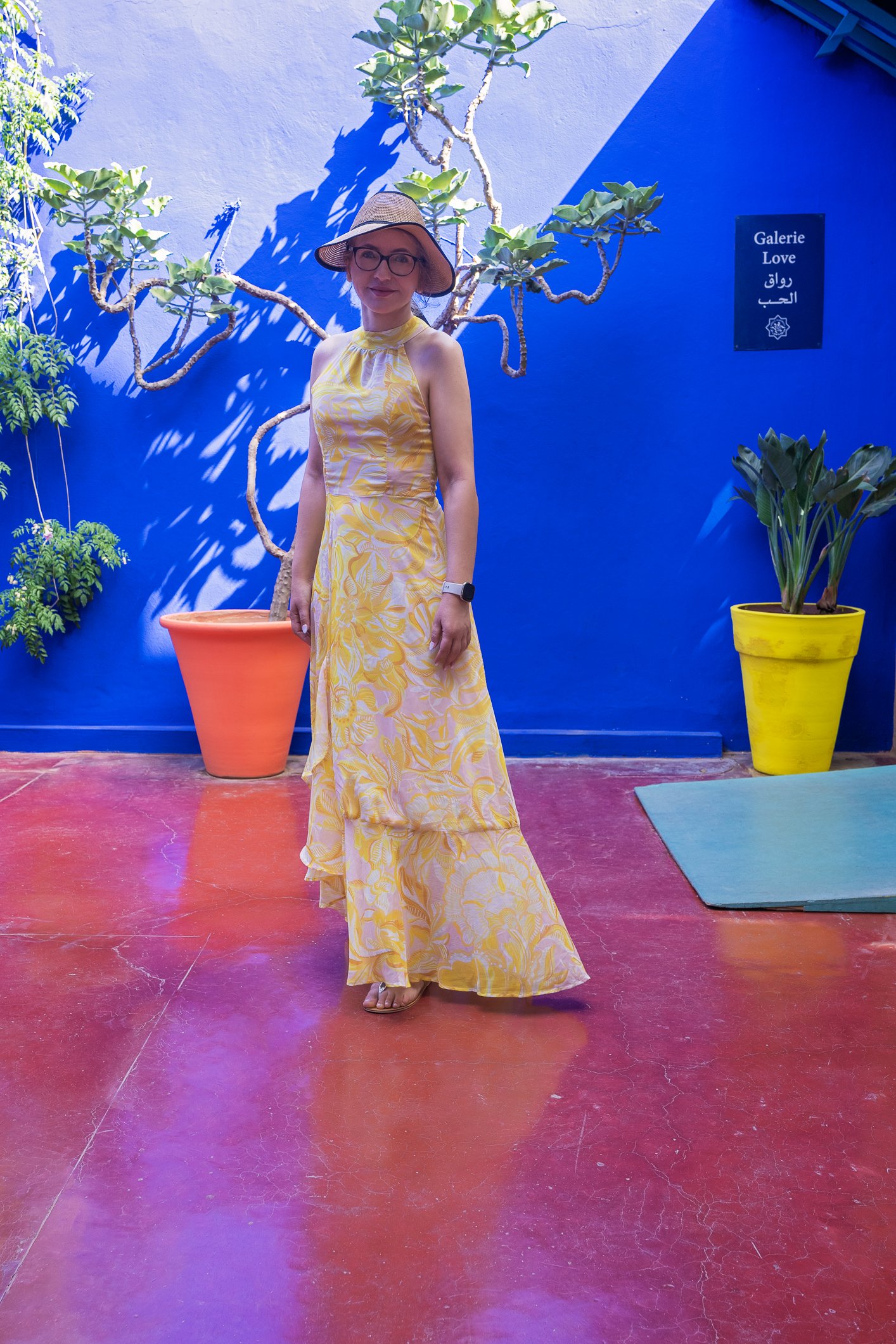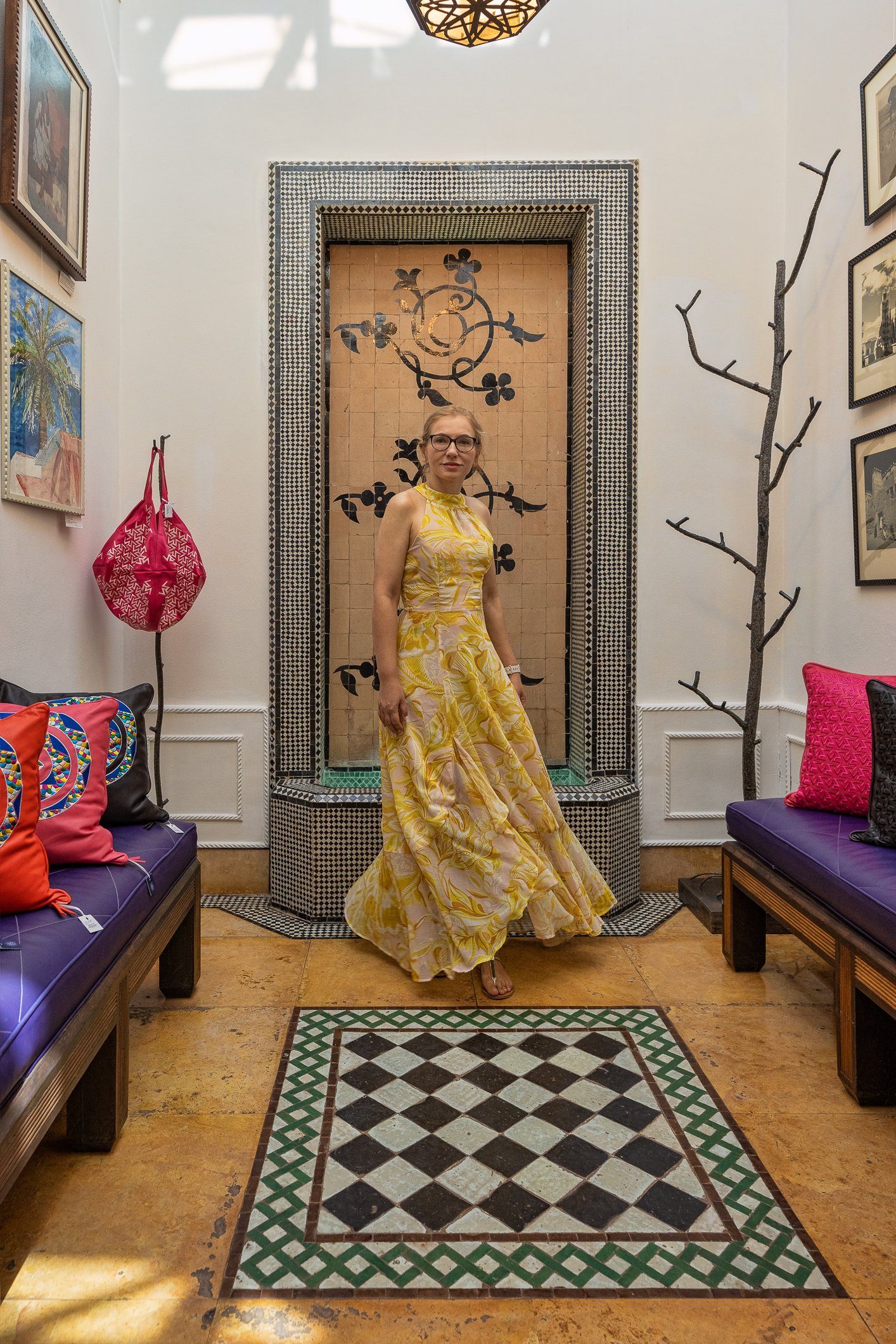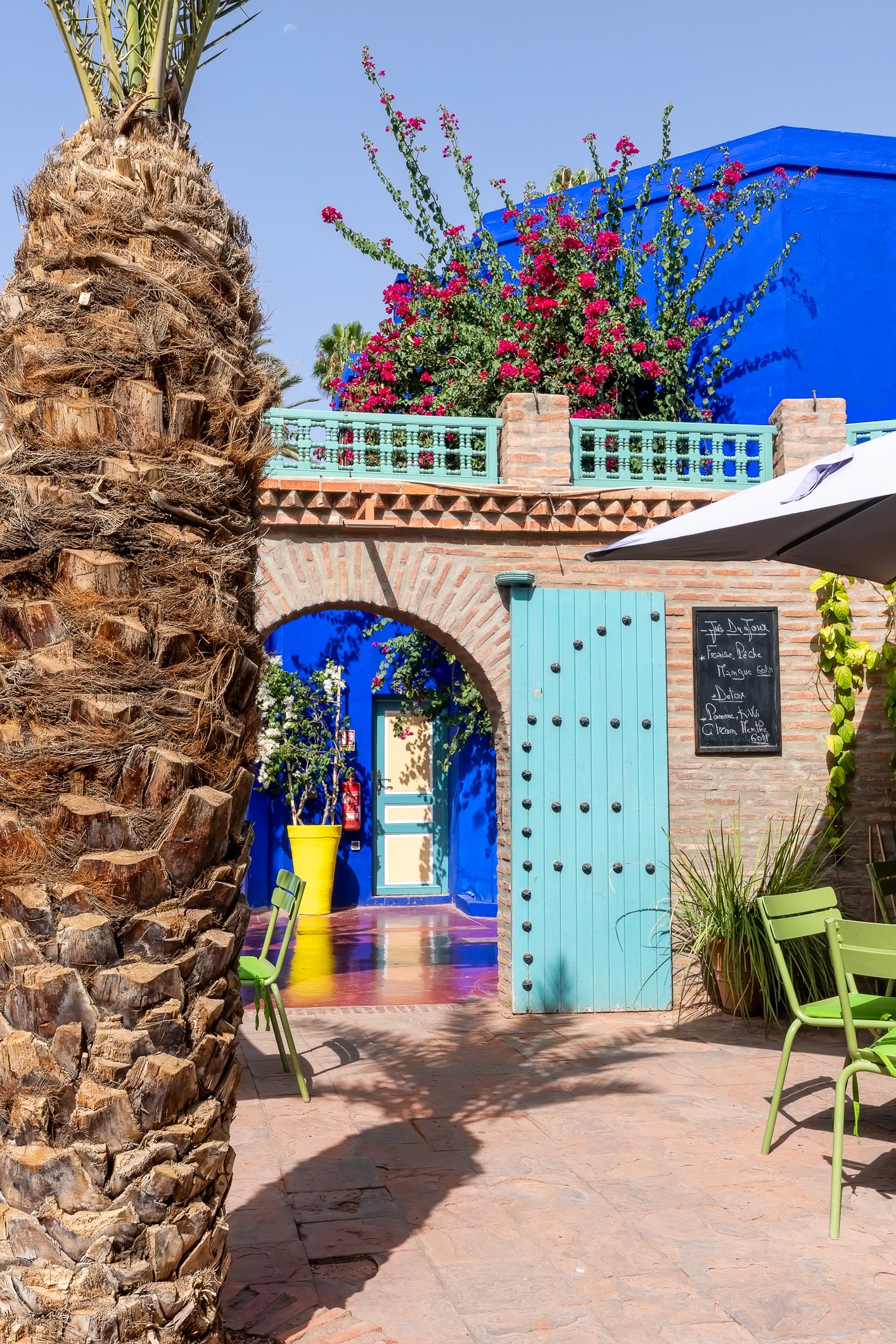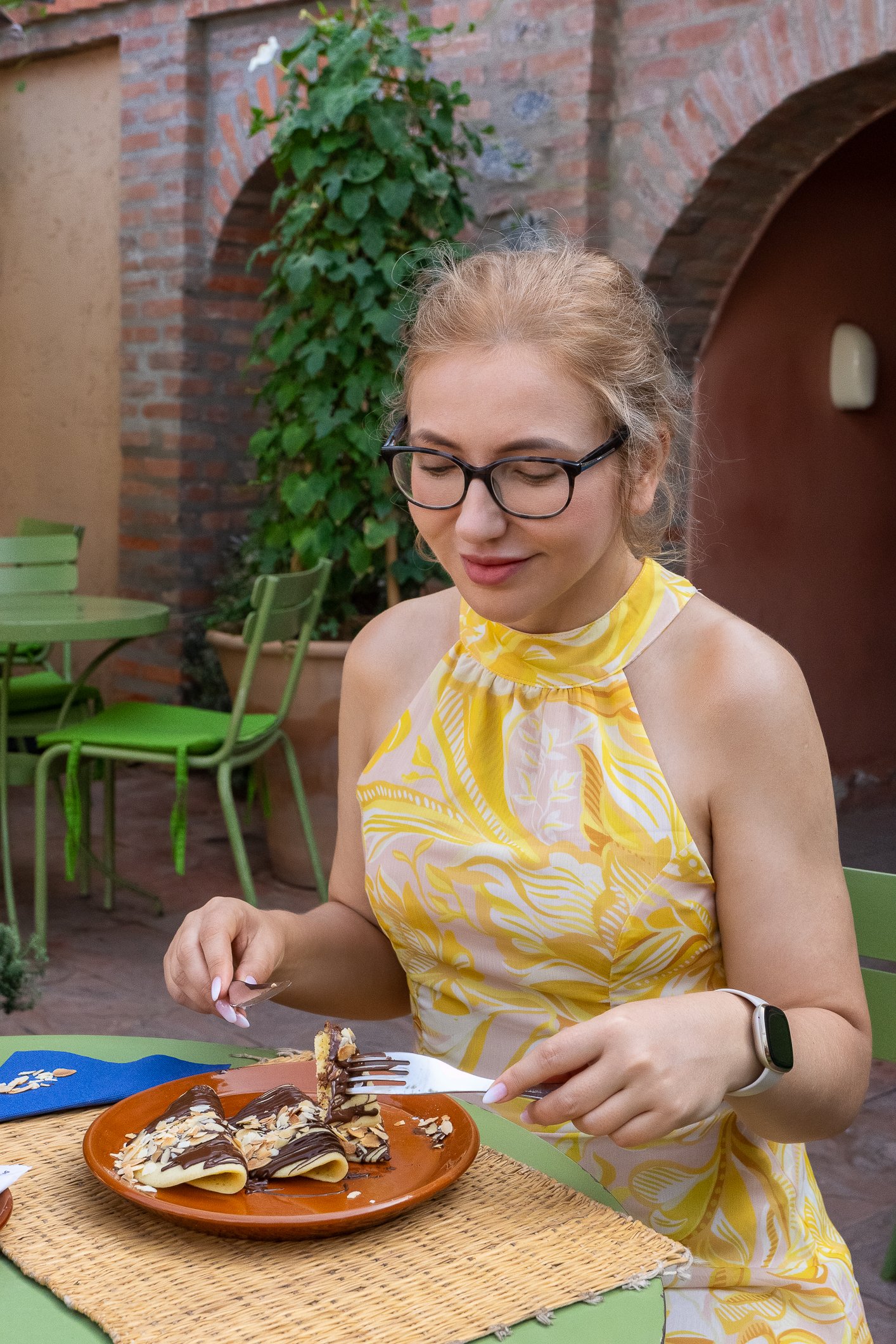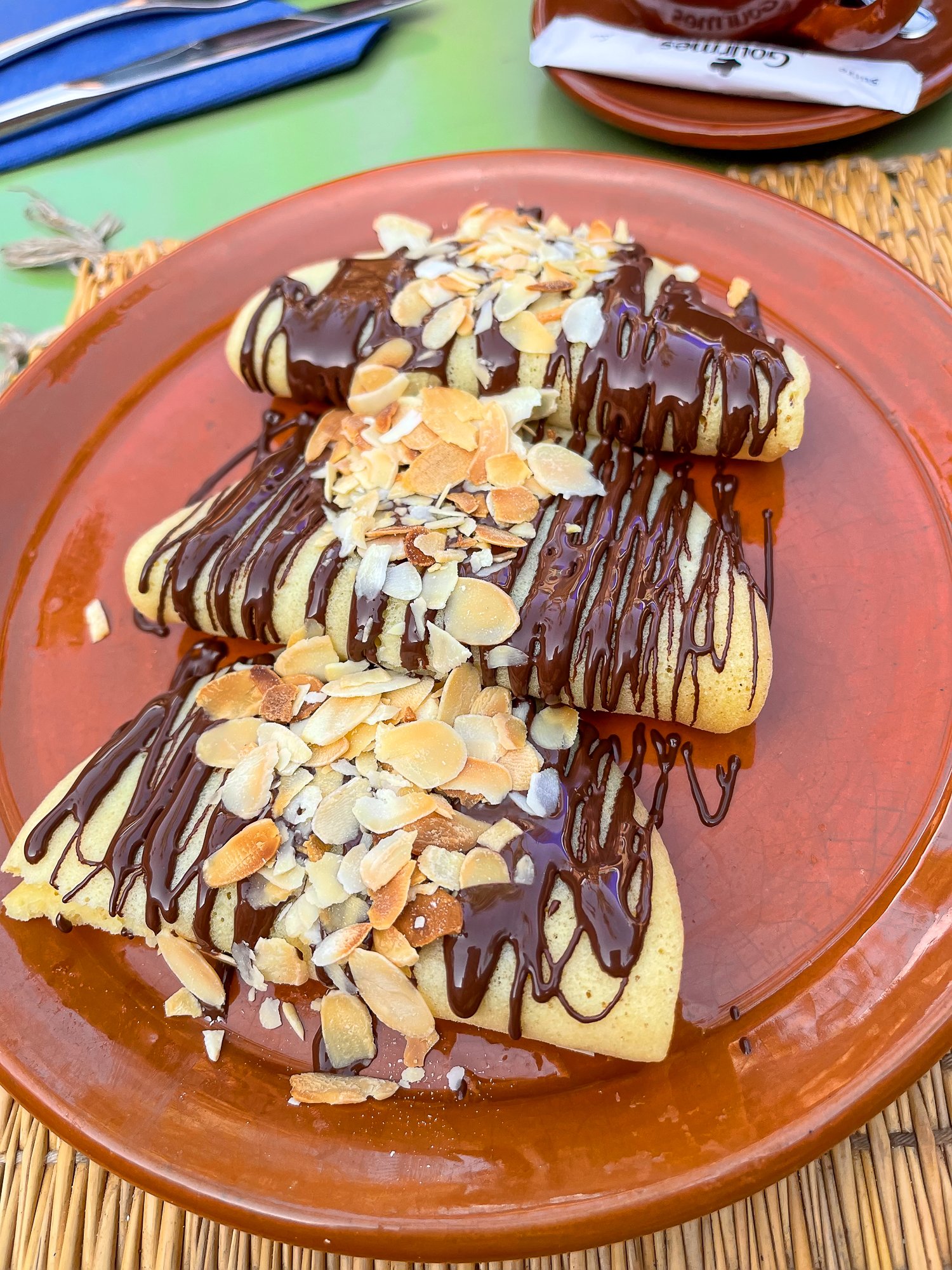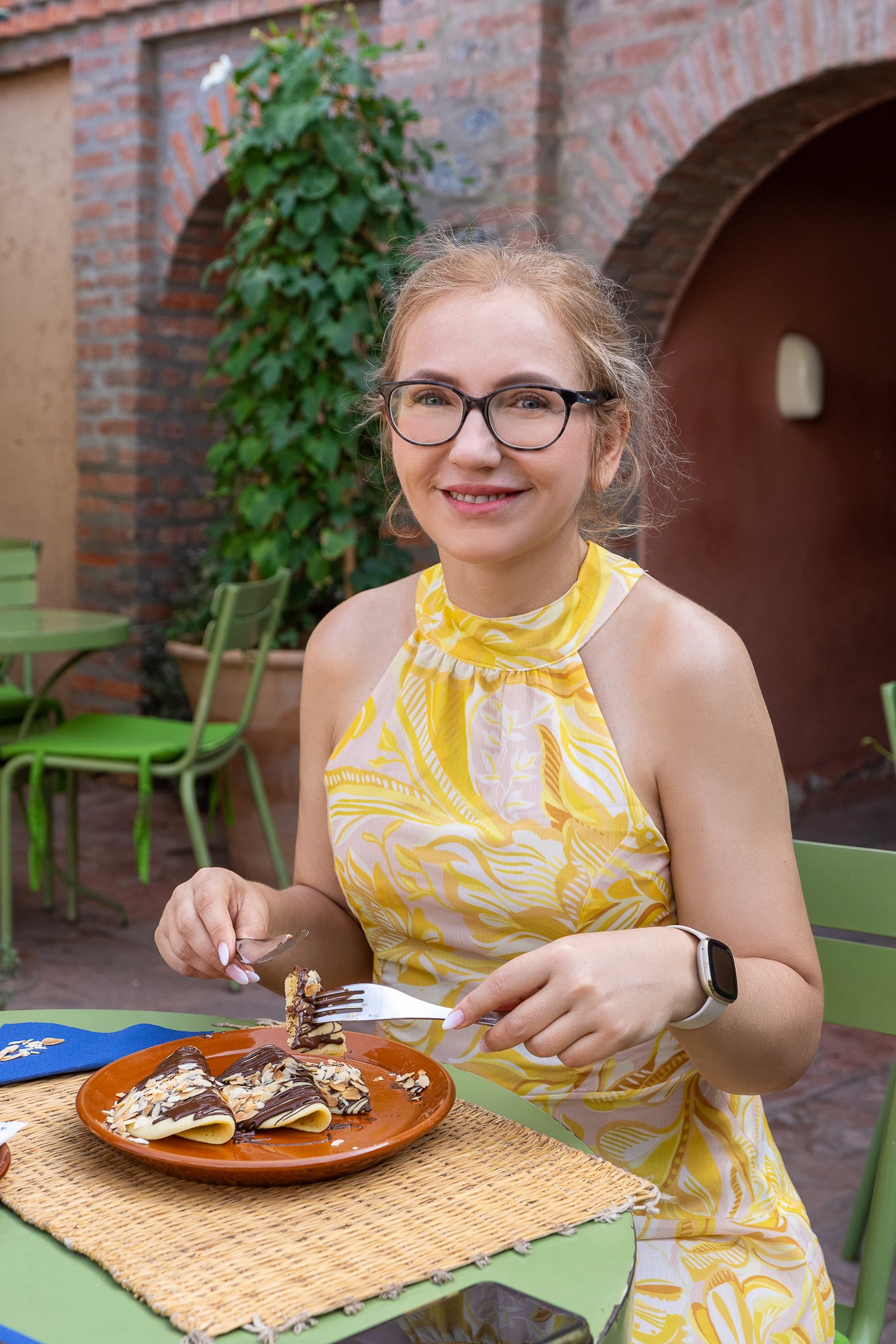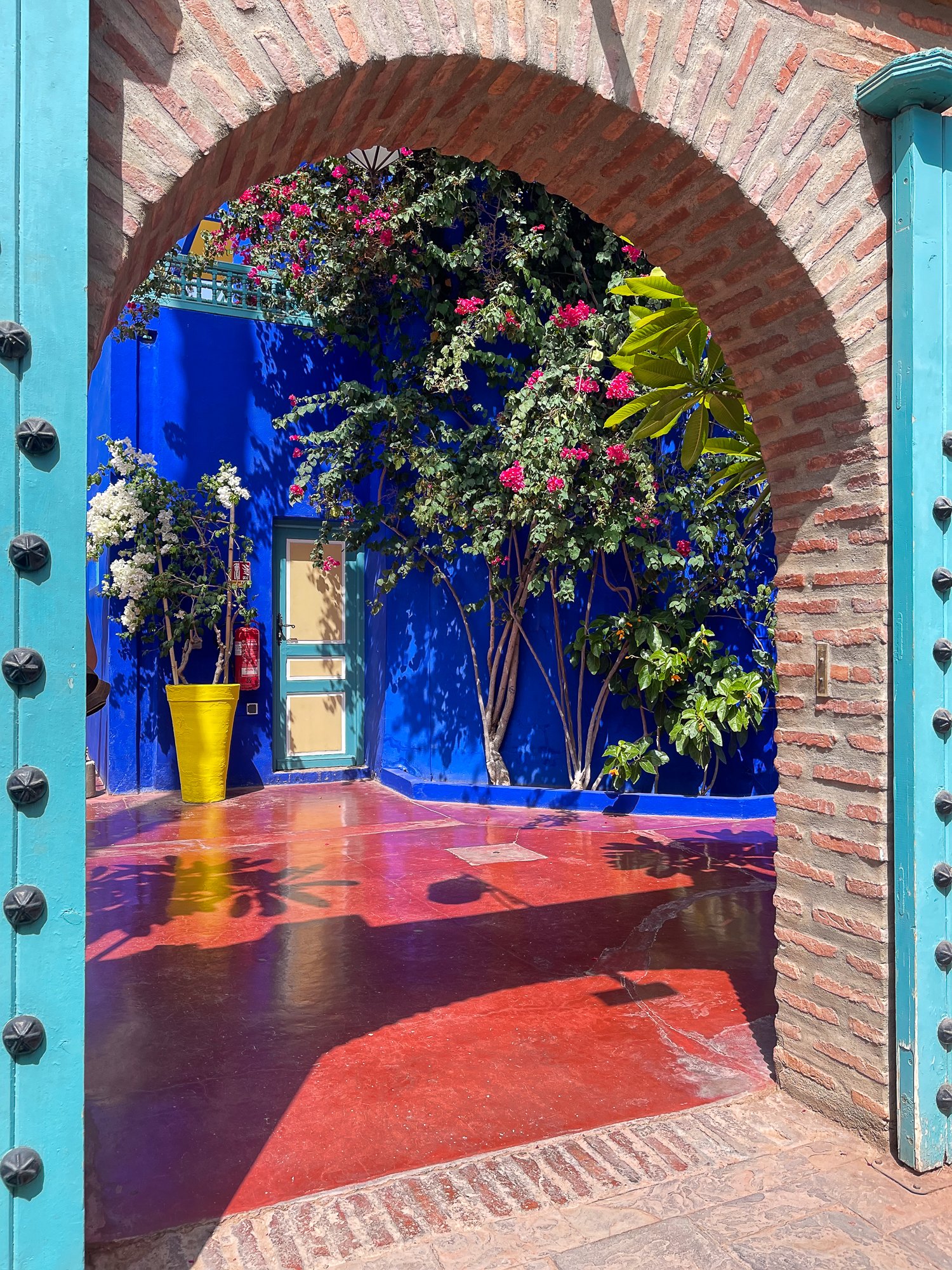Last Thursday, the Light Up Trail opened at Hillier Gardens in Romsey, and we chose it as our official inauguration of the festive season this year.
The trail begins with a real sense of drama: a beautiful arched, multicoloured tunnel leads into a magical display of oversized illuminated creatures, a giant bauble you can step inside, and the word Christmas spelled out in enormous glowing letters.
W zeszły czwartek rozpoczął się „Light Up Trail” w Hillier Gardens w Romsey i właśnie tam postanowiliśmy rozpocząć nasz sezon świąteczny w tym roku.
Trasa zaczyna się bardzo efektownie - przechodzimy przez piękny, wielobarwny tunel świetlny w kształcie łuku, który wprowadza nas do bajkowej scenerii z ogromnymi, podświetlanymi reniferami, choinkami i gigantyczną bombką, do której można wejść, oraz napisem Christmas ułożonym z wielkich, świecących liter.
Further along, we came across a meadow dotted with giant baubles, each featuring charming children’s designs projected onto their surfaces. This was followed by a section of beautifully lit trees - some adorned with glowing “chandeliers,” others animated with projections of Christmas trees across their silhouettes.
Idąc dalej, trafiamy na polanę z wielkimi bombkami ozdobionymi dziecięcymi rysunkami. Następnie przechodzimy obok pięknie oświetlonych drzew - niektóre z nich udekorowano świetlnymi „żyrandolami”, inne ożywają dzięki projekcjom świątecznie ustrojonych choinek.
One of the highlights of this light path was a long field of illuminated tulips, glowing softly against the darkness, followed by a cluster of giant egg-like structures that slowly changed colours. Around the next corner, we found ourselves surrounded by vibrant neon flowers and butterflies, creating a wonderfully immersive scene.
Jednym z najciekawszych fragmentów trasy było długie pole świecących tulipanów, wyglądające spektakularnie po zmroku. Za nimi trafiliśmy na ogromne instalacje przypominające jajka, powoli zmieniające kolory. Zaś za kolejnym zakrętem otaczyły nas intensywnie świecące neonowe kwiaty i motyle, tworząc bardzo wciągającą, niemal bajkową scenerię.
At the ponds, we stopped to admire the Symphony of Light – a mesmerising light and sound show featuring laser beams reflected in the water, drifting mist, and atmospheric music that brought the whole area to life.
Przy stawach zatrzymujemy się na dłużej, by obejrzeć Symfonię Światła - pokaz światła i dźwięku, z laserami odbijającymi się w tafli wody, unoszącą się mgłą i klimatyczną muzyką.
We then walked along the Magic Footpath, where interactive projections beneath our feet caused flowers to “explode” with every step. We also couldn’t resist the walk-on pianos -light-up installations where jumping on the keys triggered changing colours and playful musical notes.
Throughout the trail, there were plenty of reindeer and festive decorations adding to the seasonal charm. About halfway through, we reached a Christmas market and festive food and drink area, where we stopped to refuel with a German grilled sausage and some freshly made churros - an excellent mid-trail treat.
Kolejnym punktem jest magiczna ścieżka - odcinek drogi z projekcjami na ziemi, gdzie pod naszymi stopami „wybuchają” kolorowe kwiaty. Nie omijamy też interaktywnych fortepianów: podświetlanych instalacji, po których można skakać, a klawisze reagują dźwiękiem i zmieniającymi się kolorami.
Na całej trasie nie brakuje reniferów i świątecznych dekoracji, które konsekwentnie budują bożonarodzeniowy klimat. Mniej więcej w połowie spaceru był też jarmark świąteczny z jedzeniem i napojami. Zatrzymaliśmy się tam na niemiecką grillowaną kiełbaskę i churrosy - idealna przerwa na rozgrzanie się i złapanie oddechu.










































































































































































